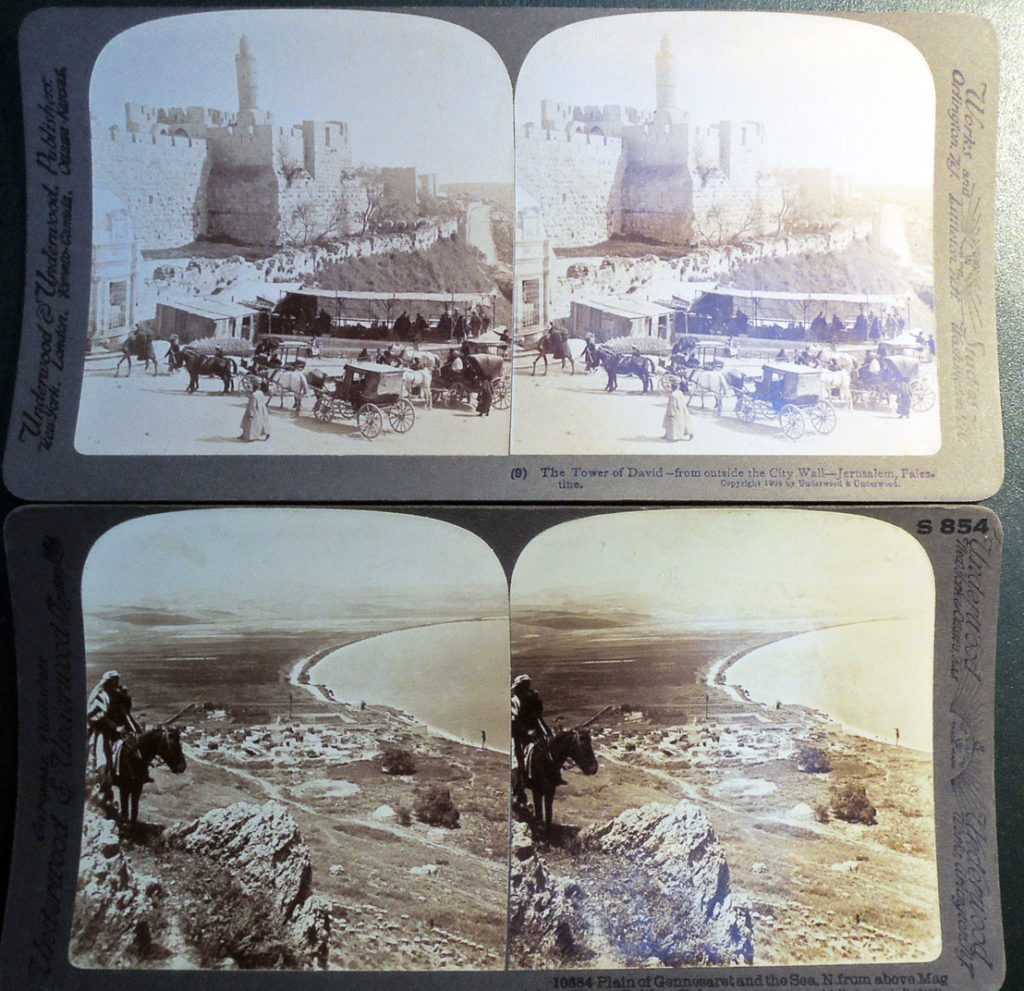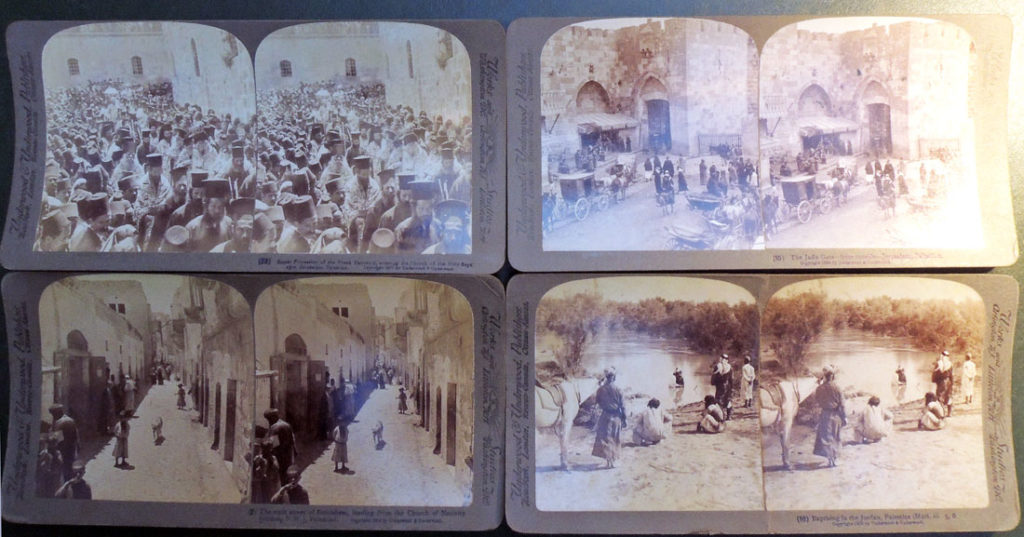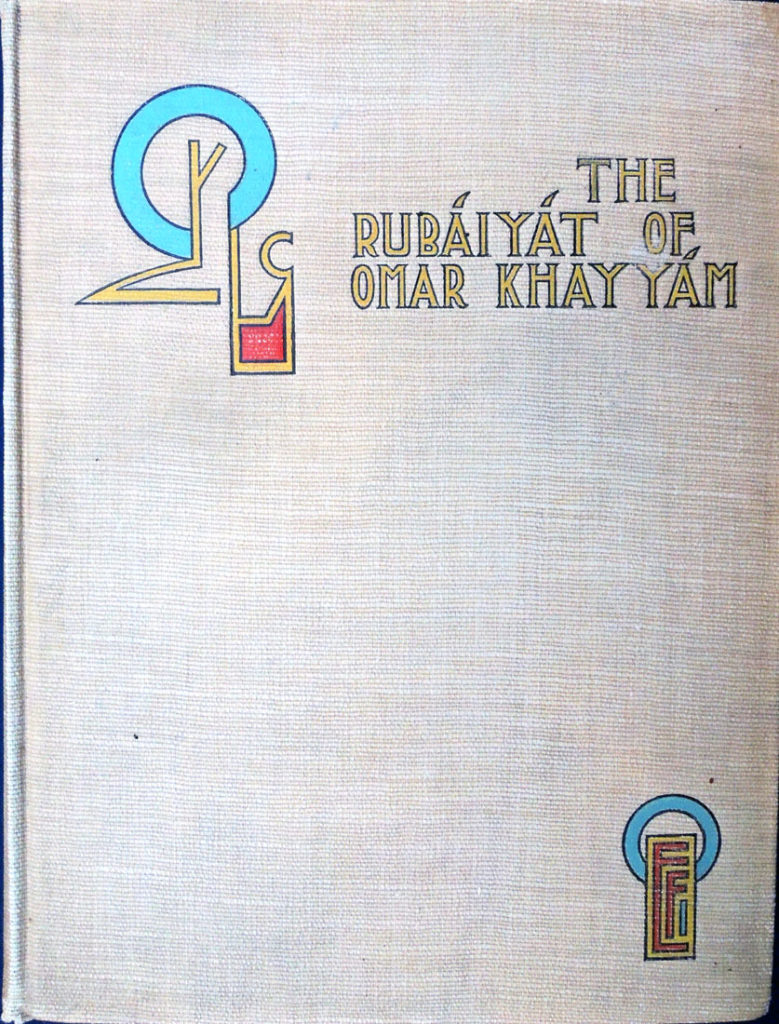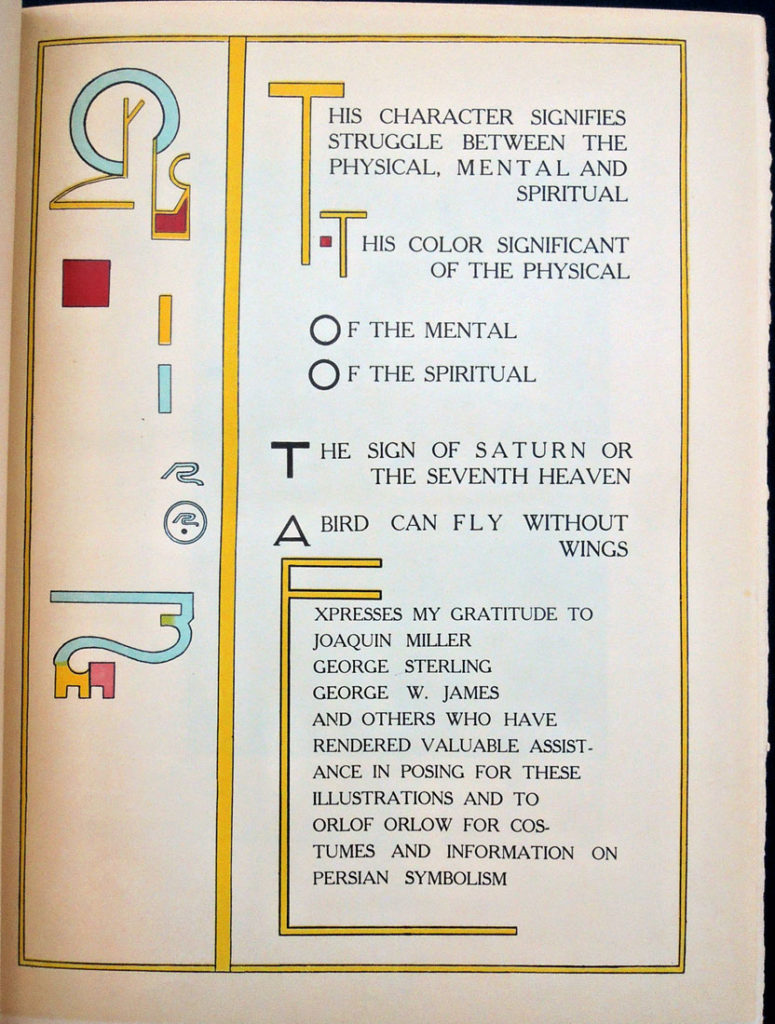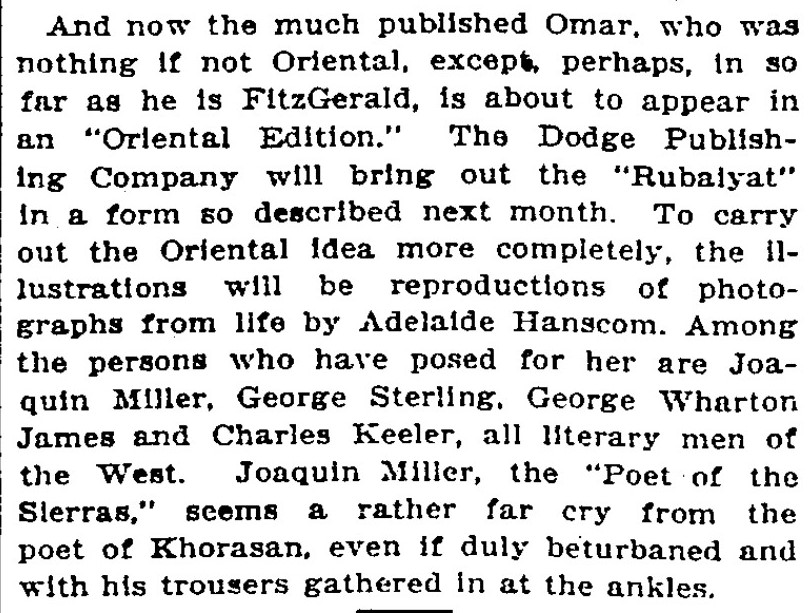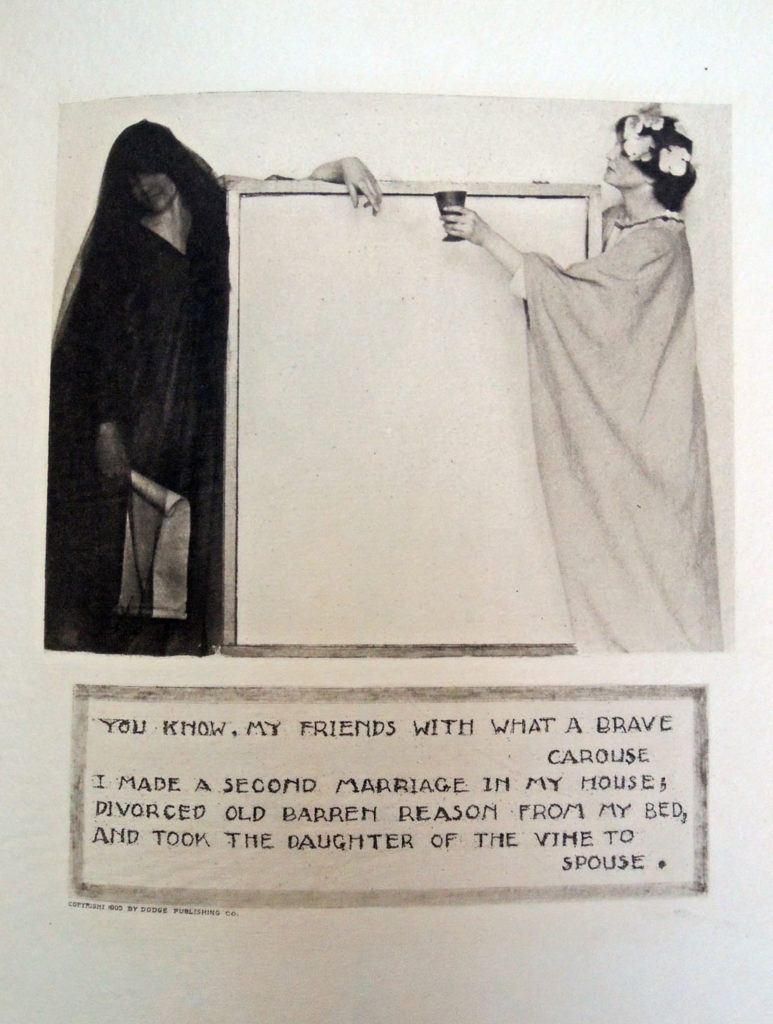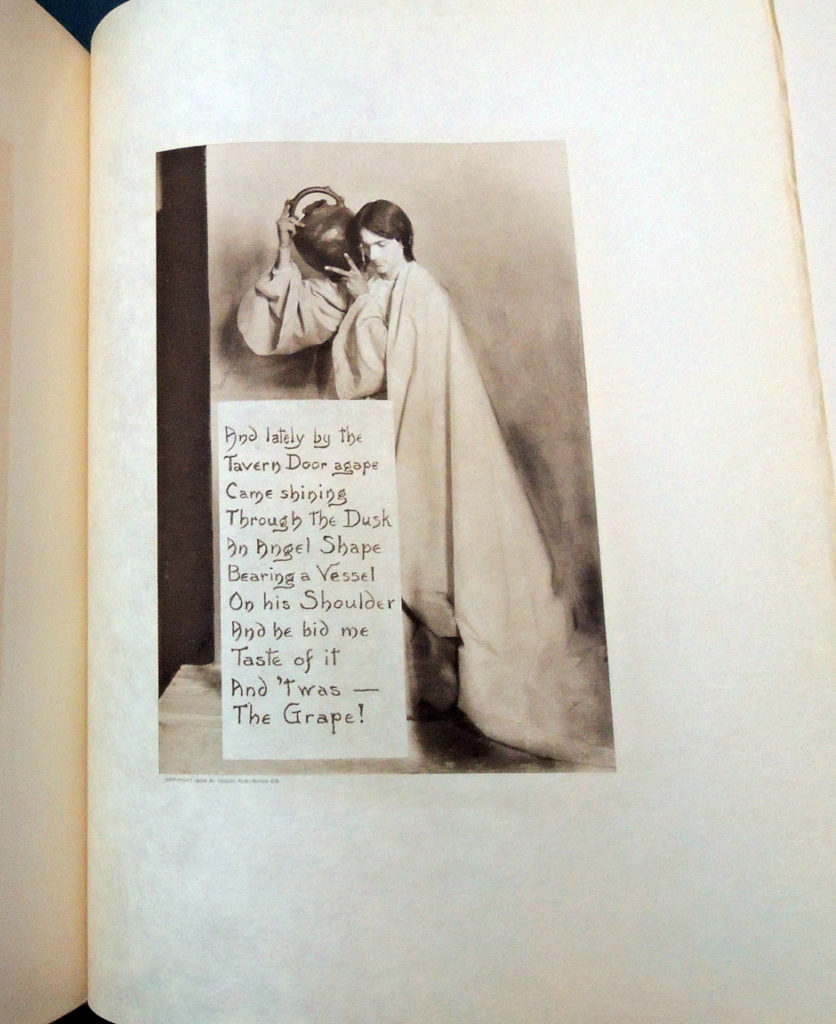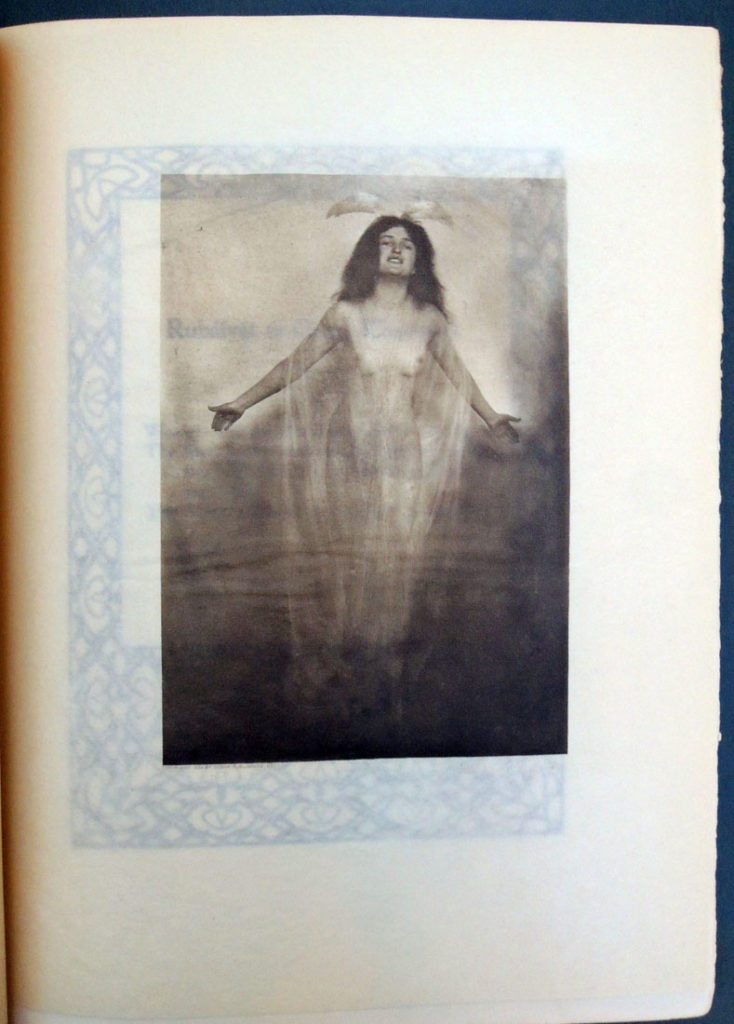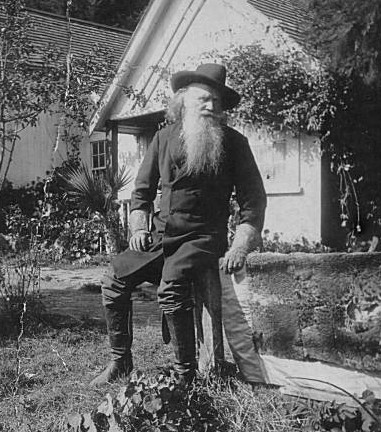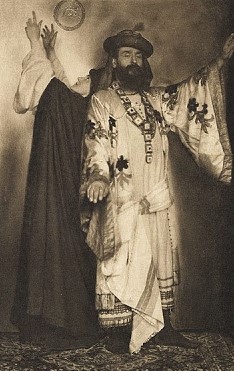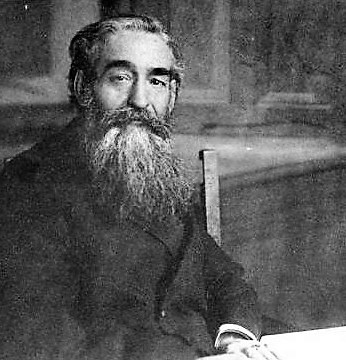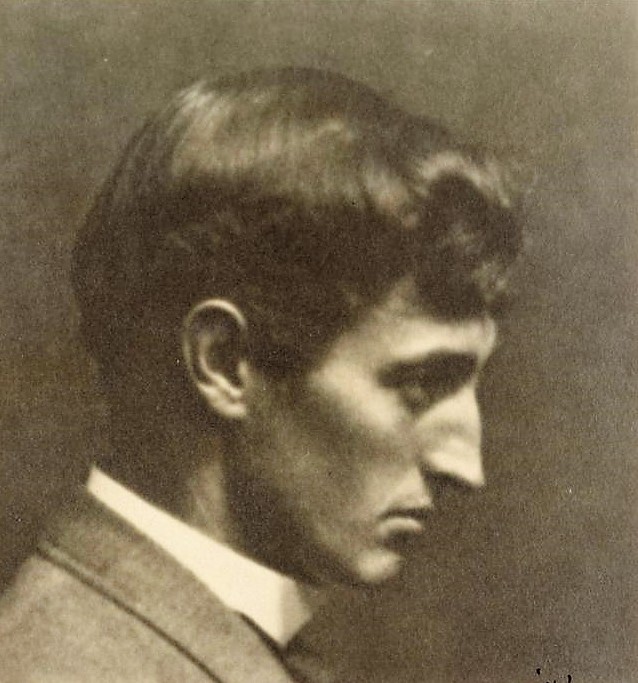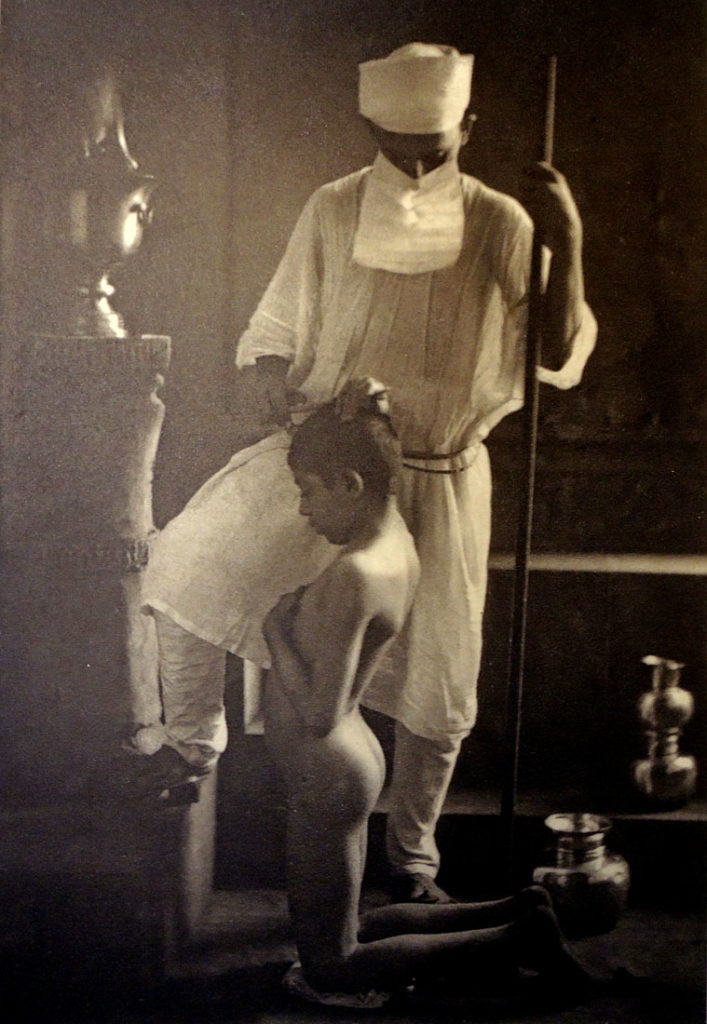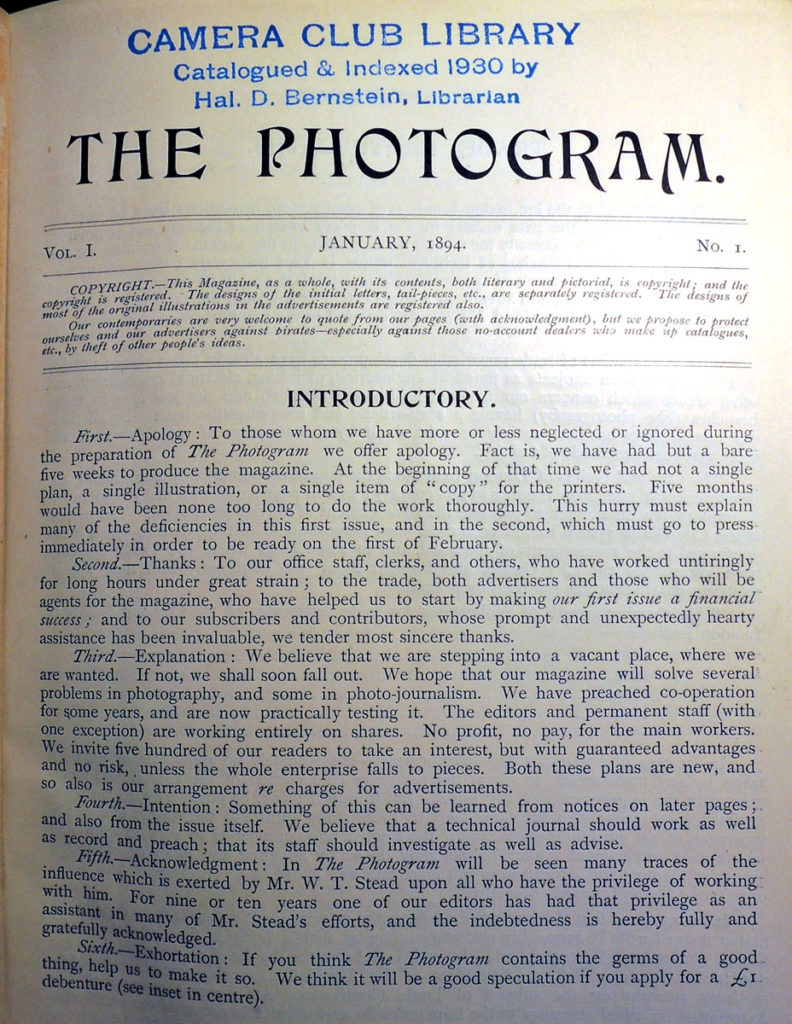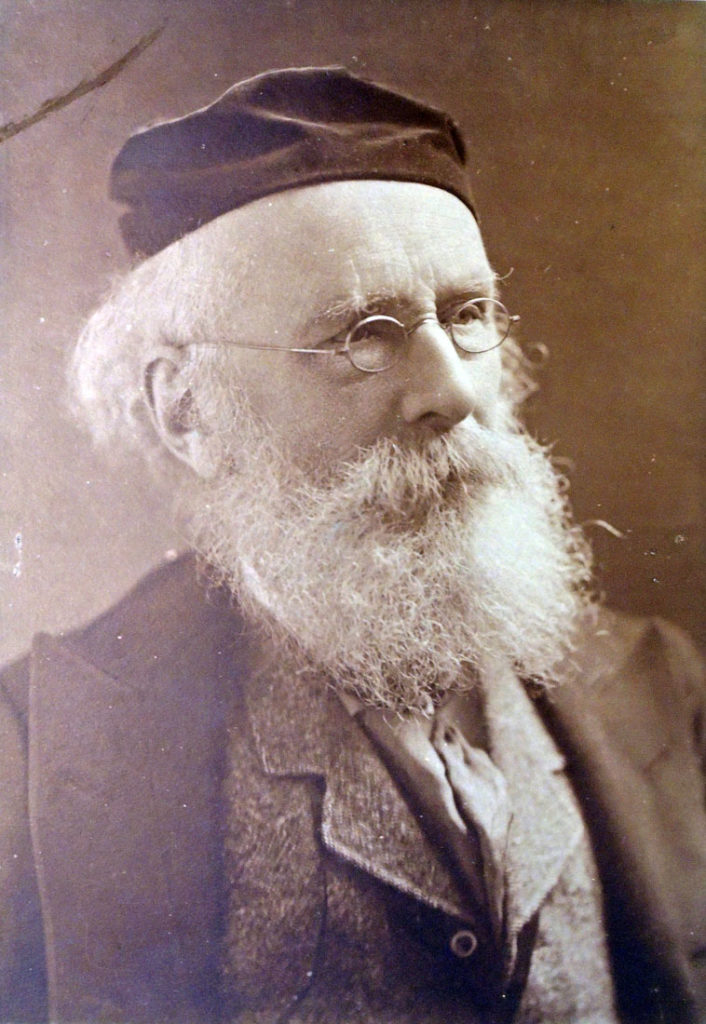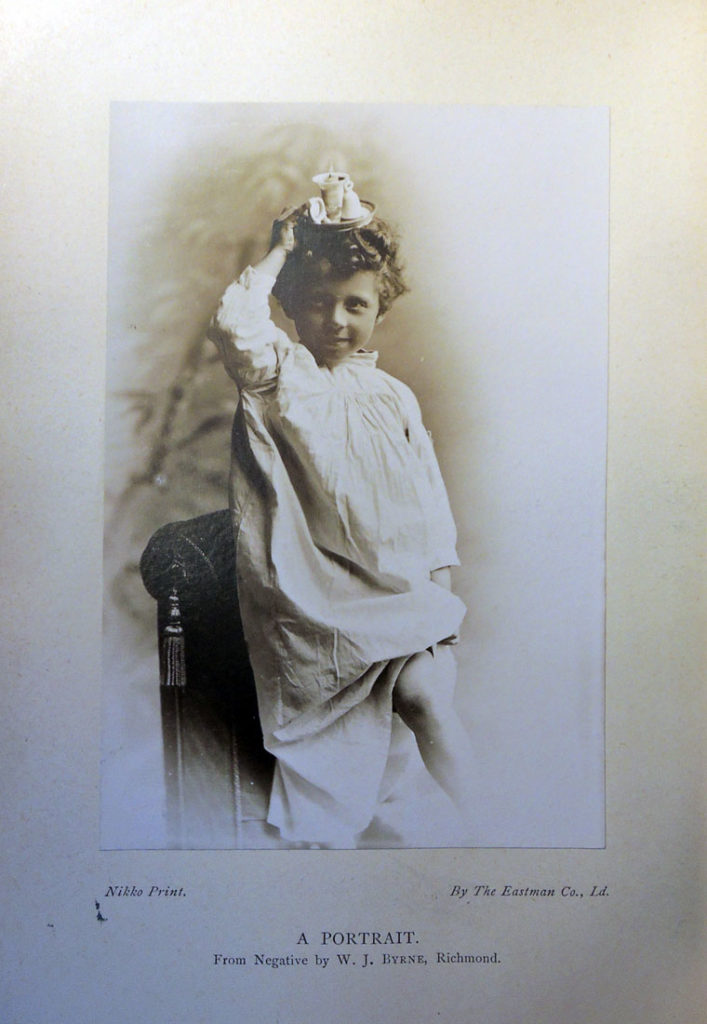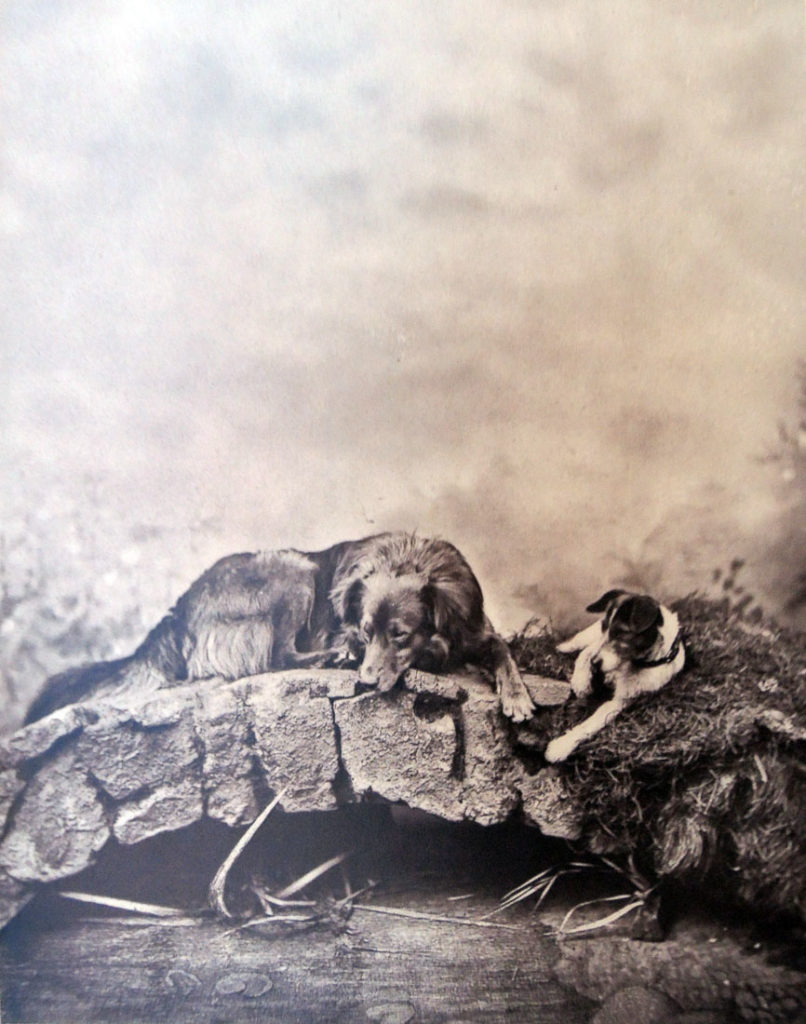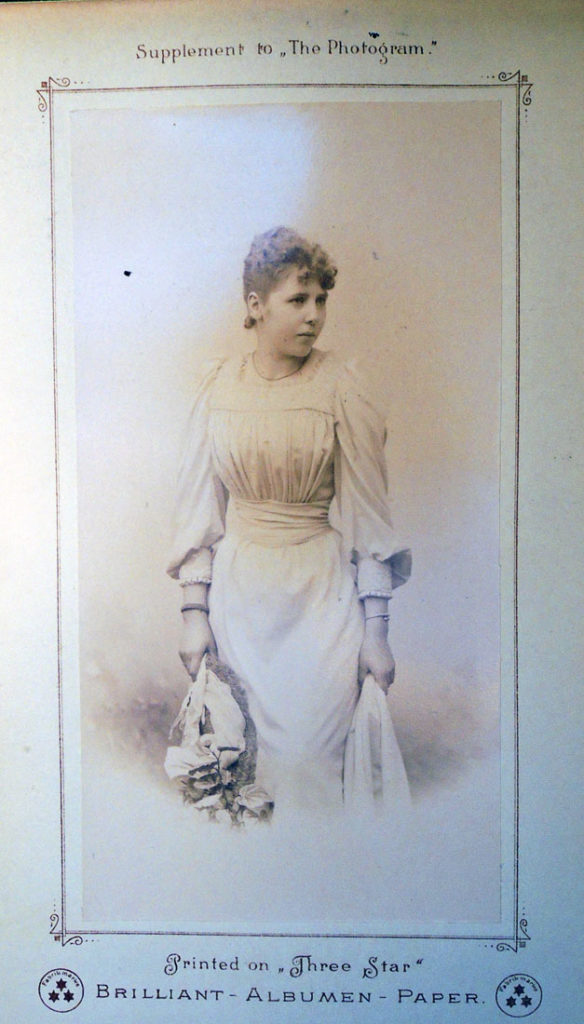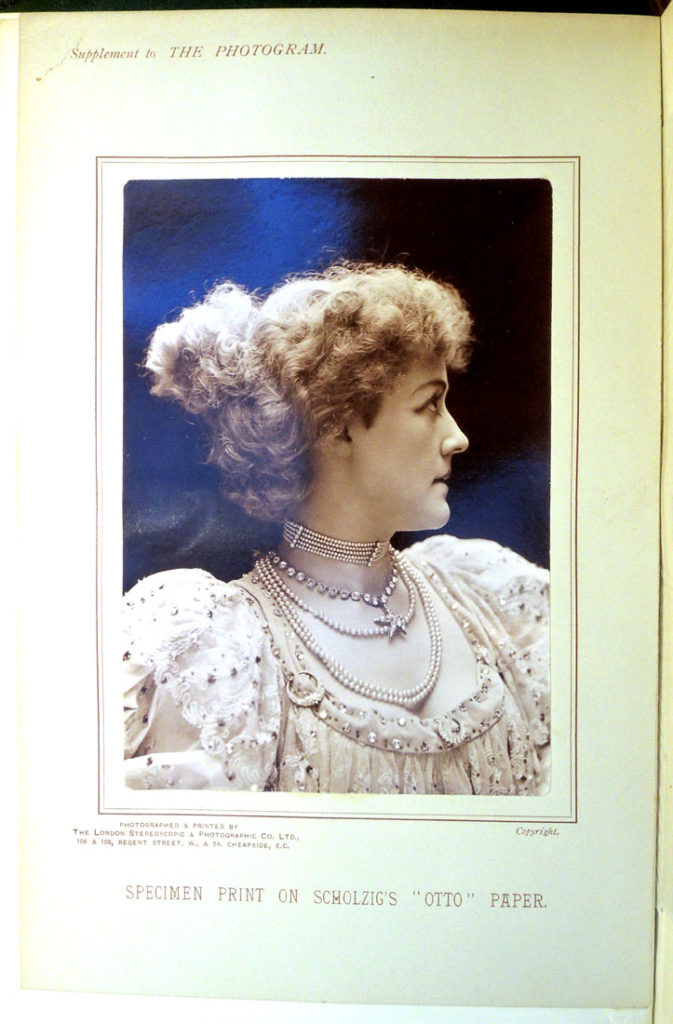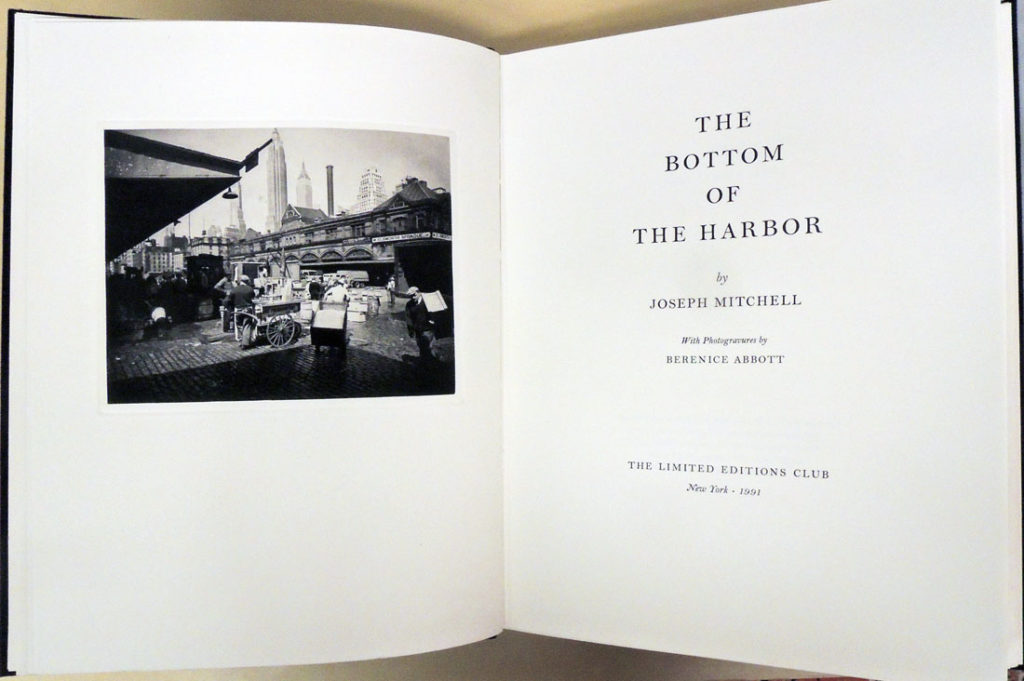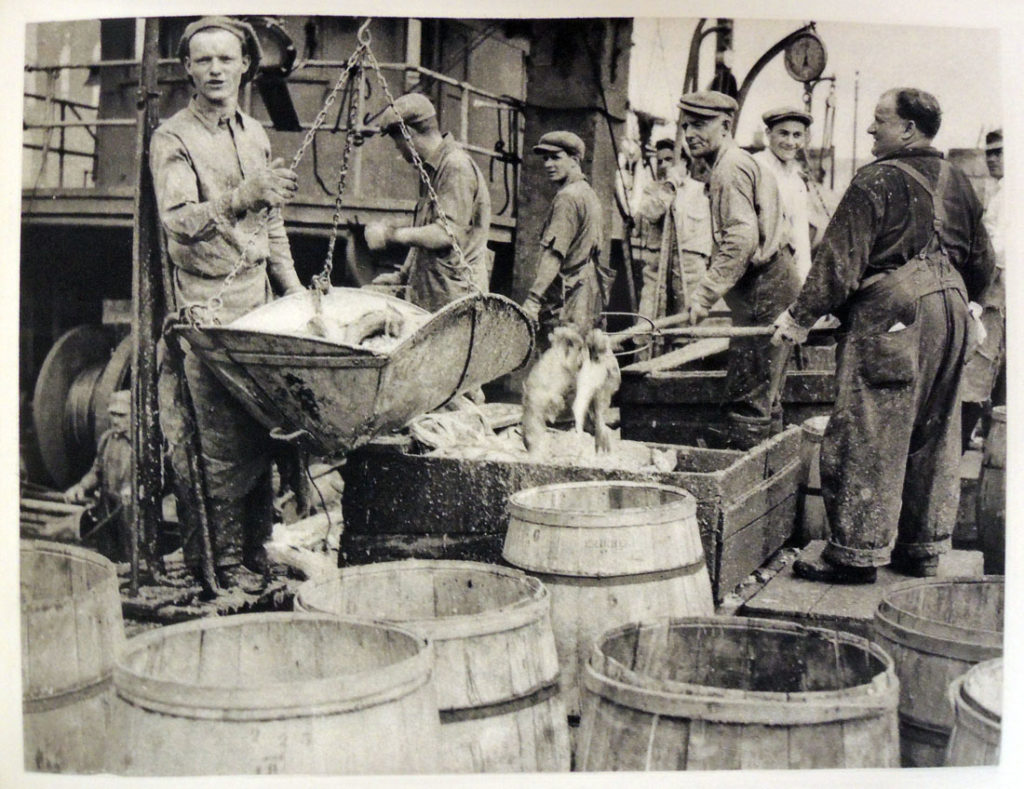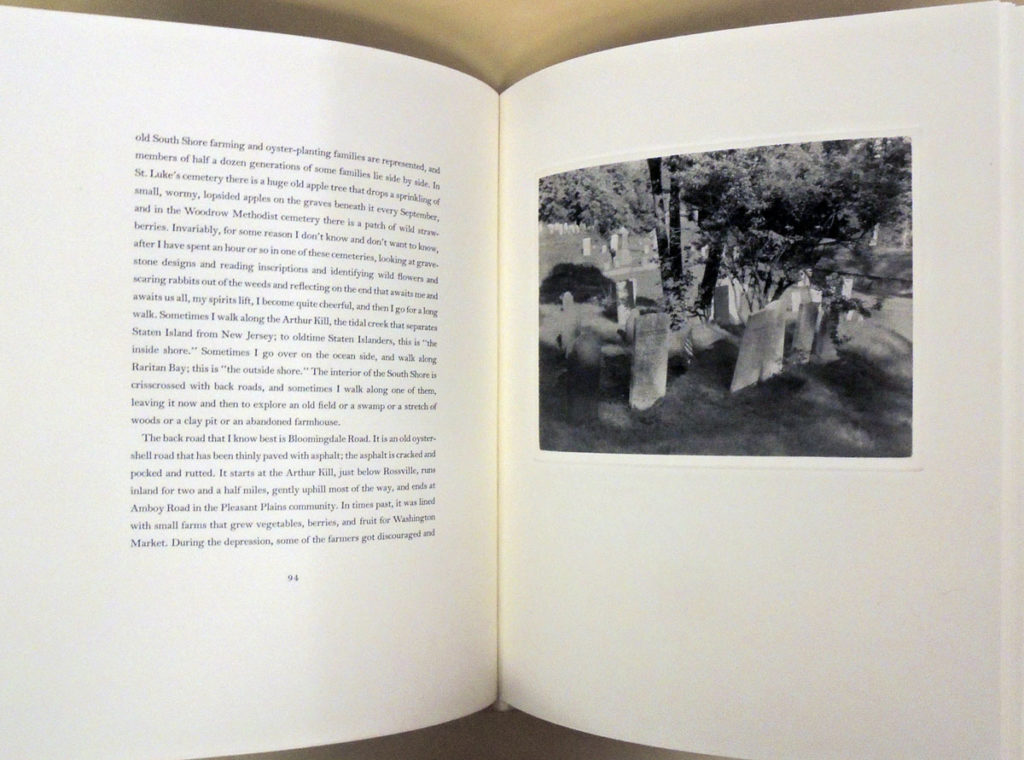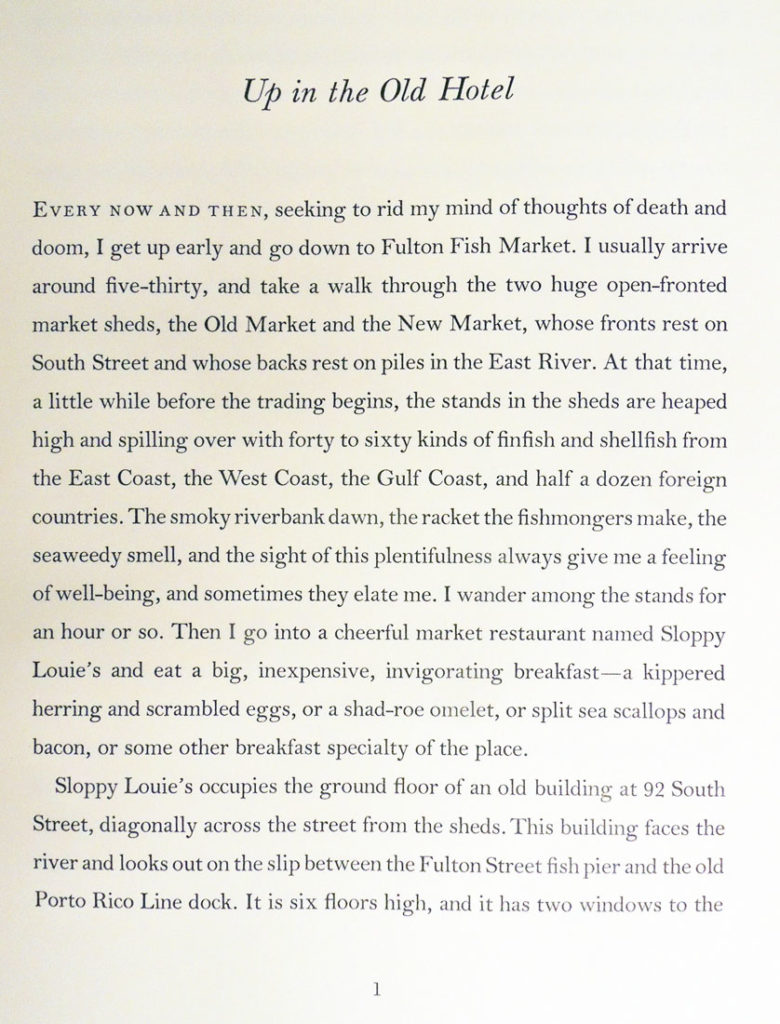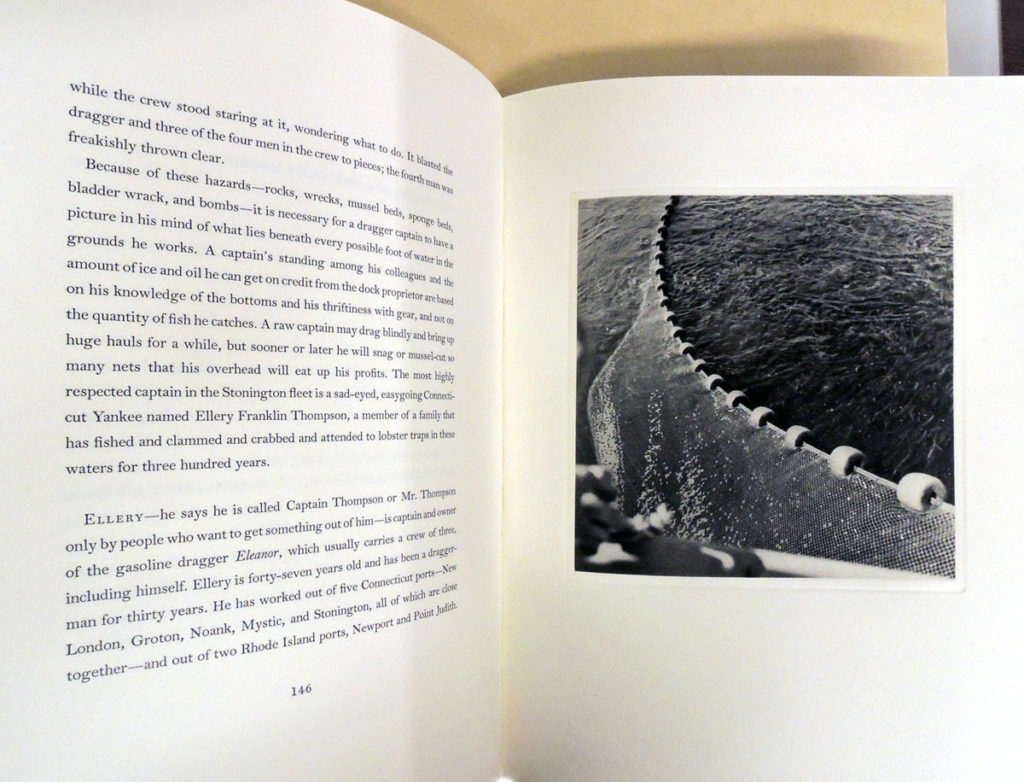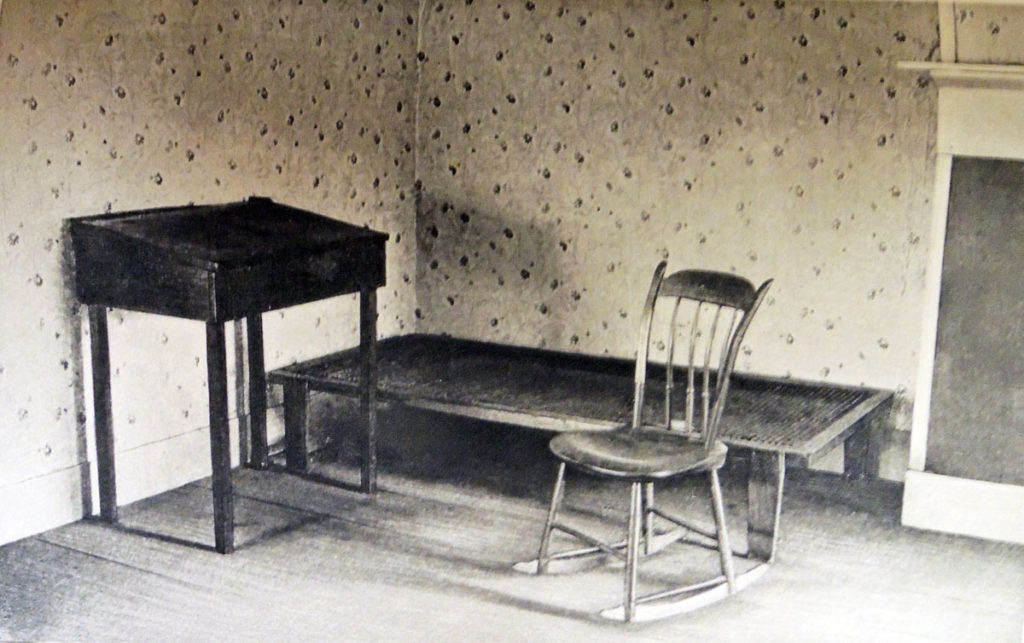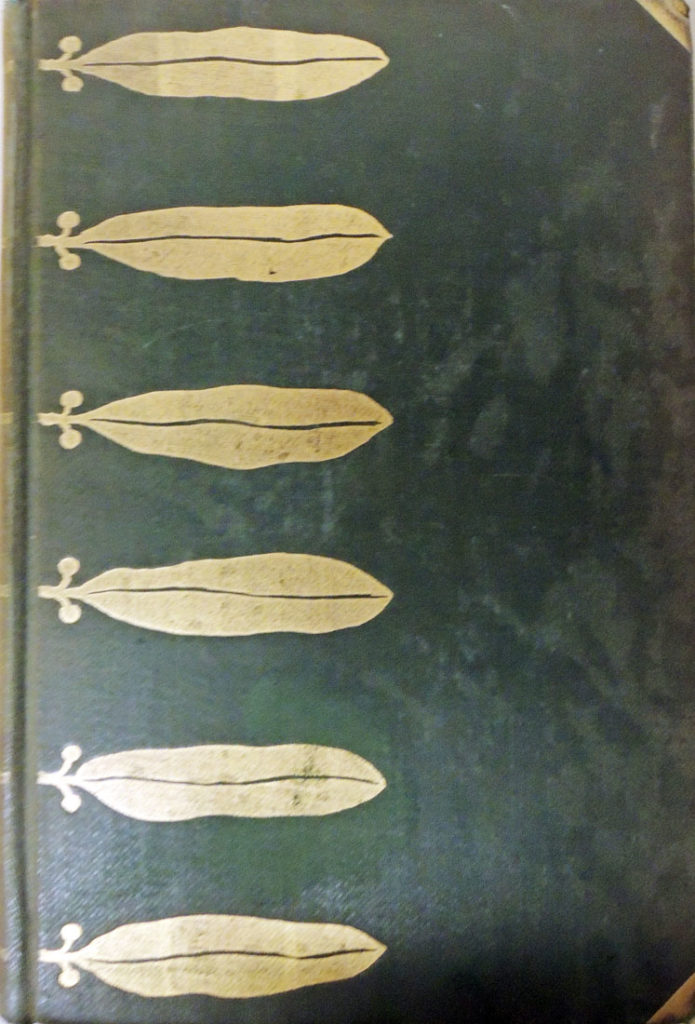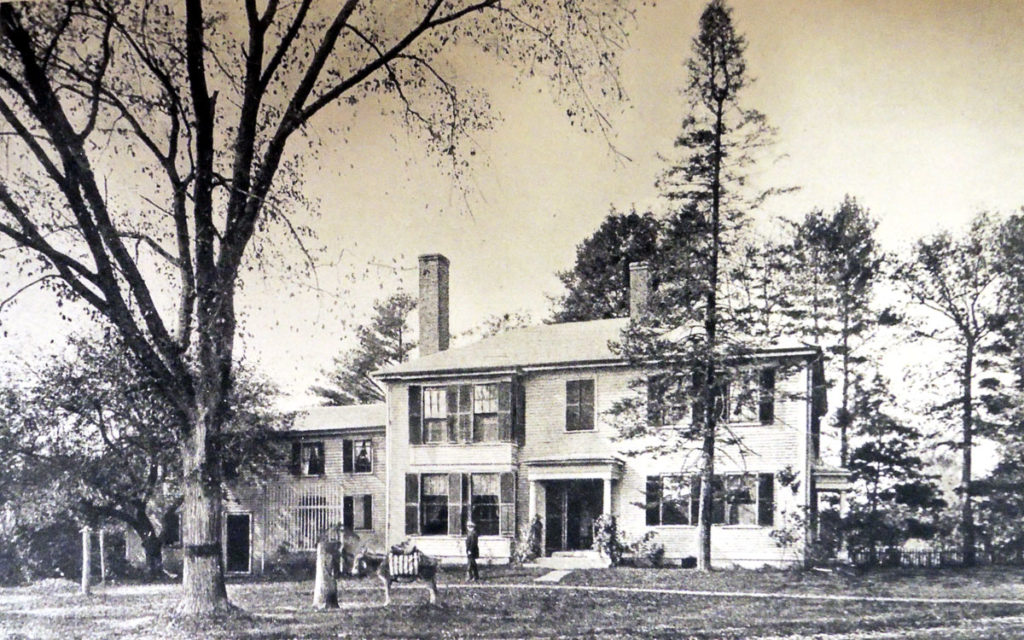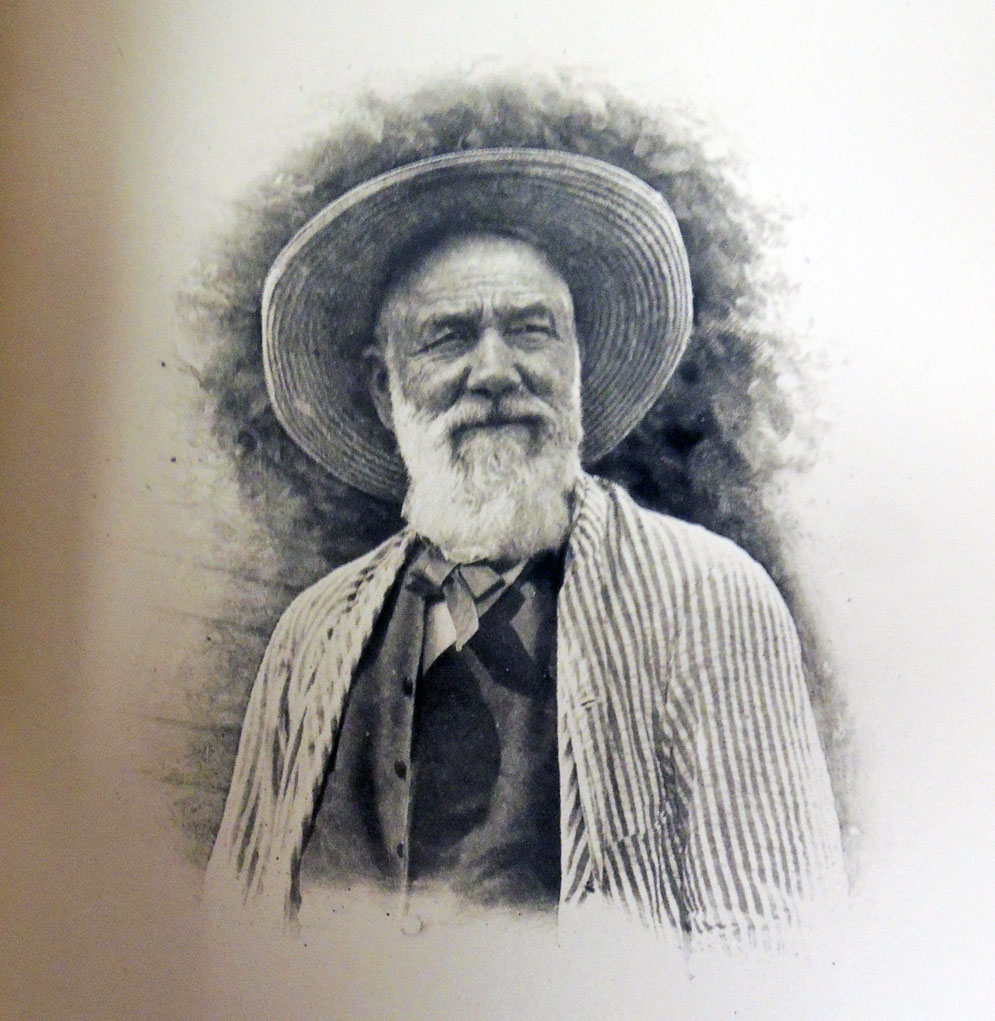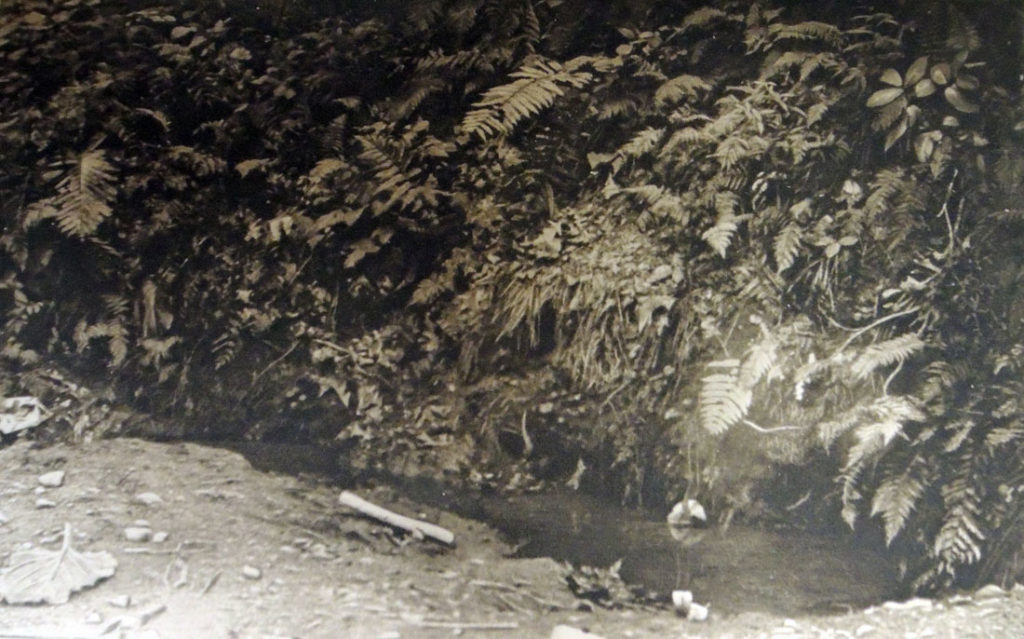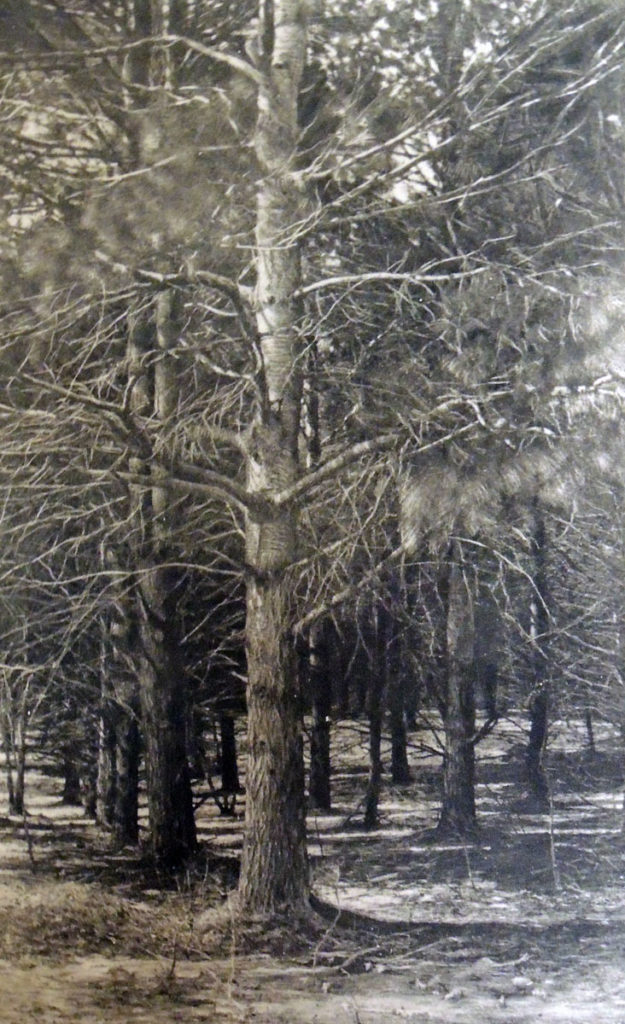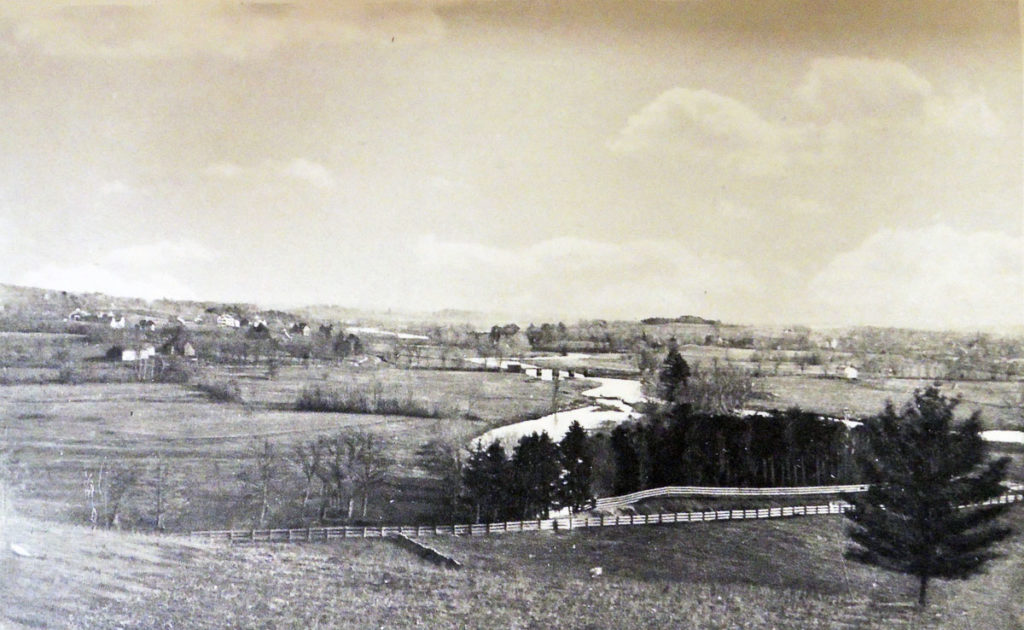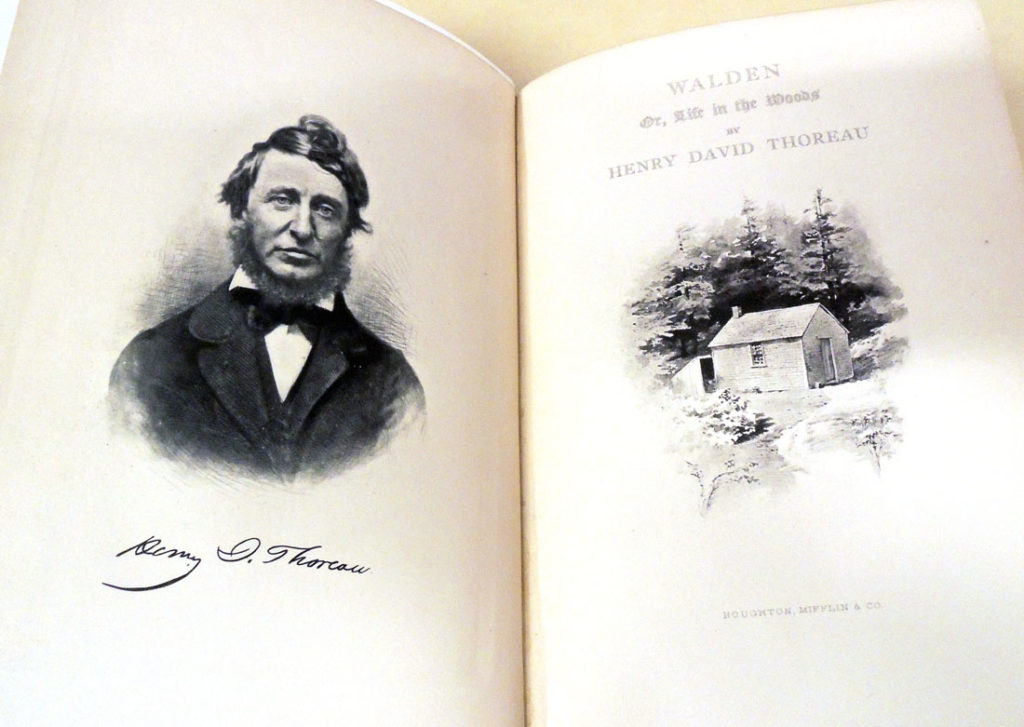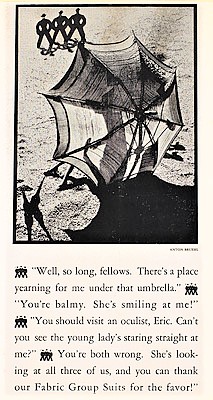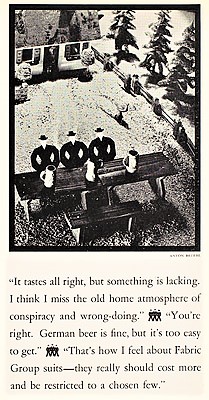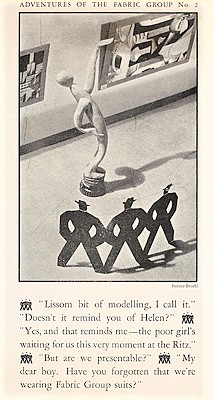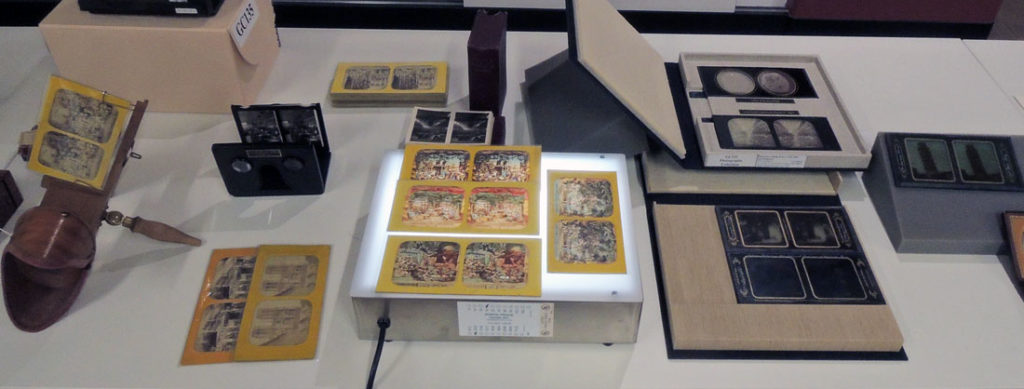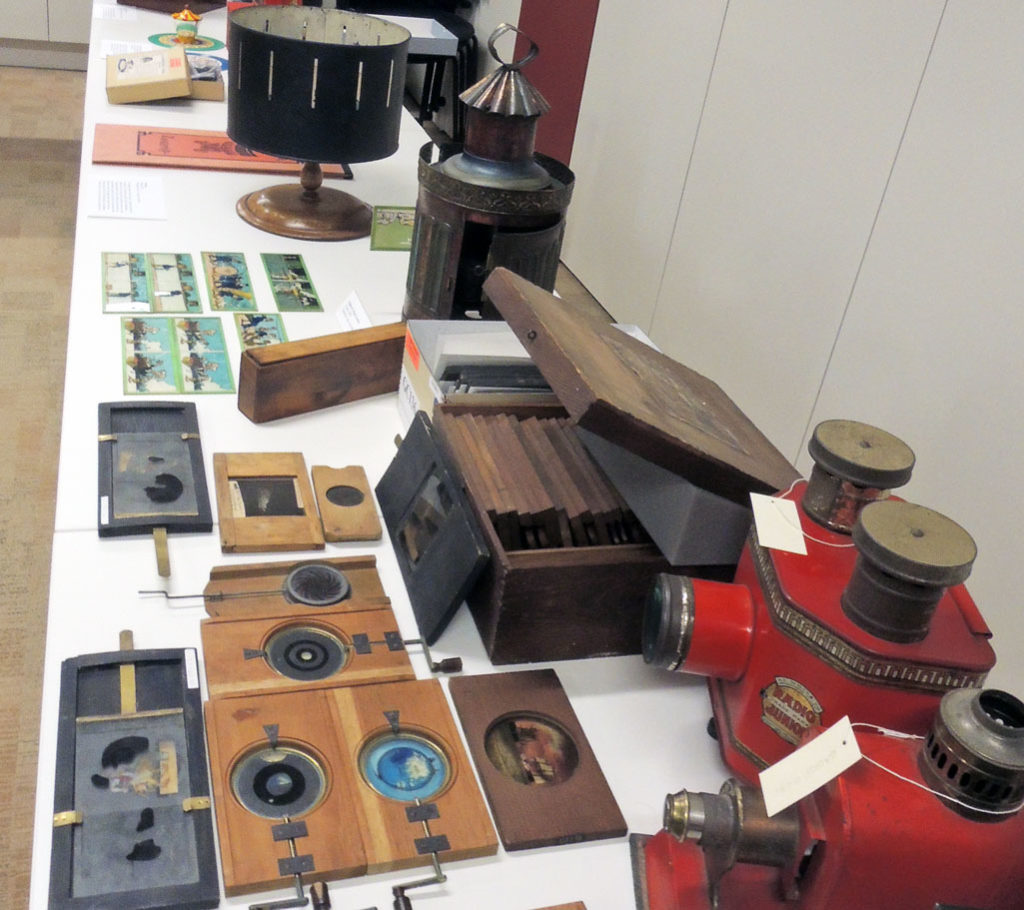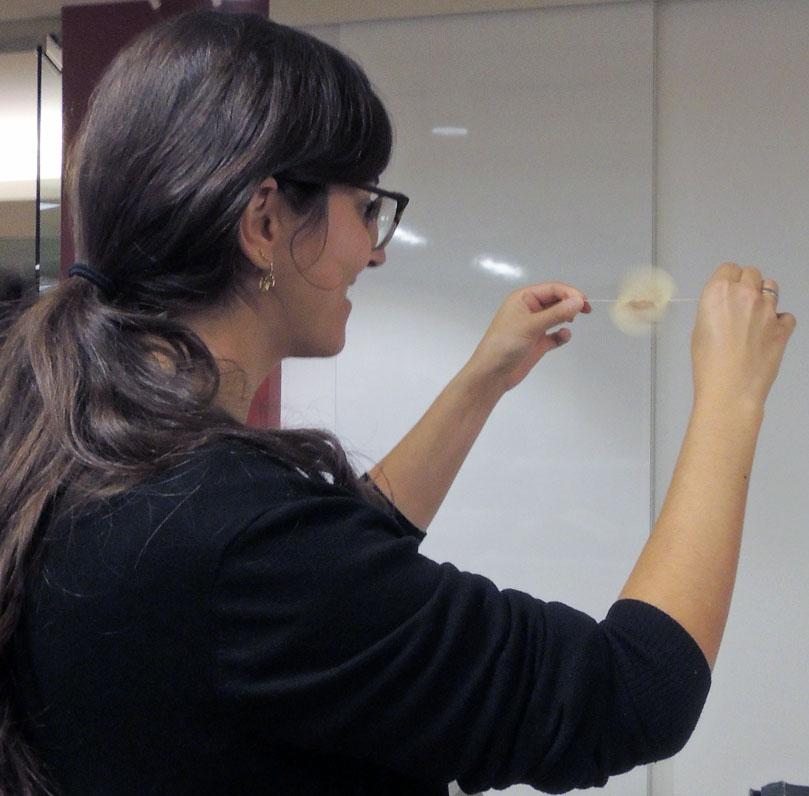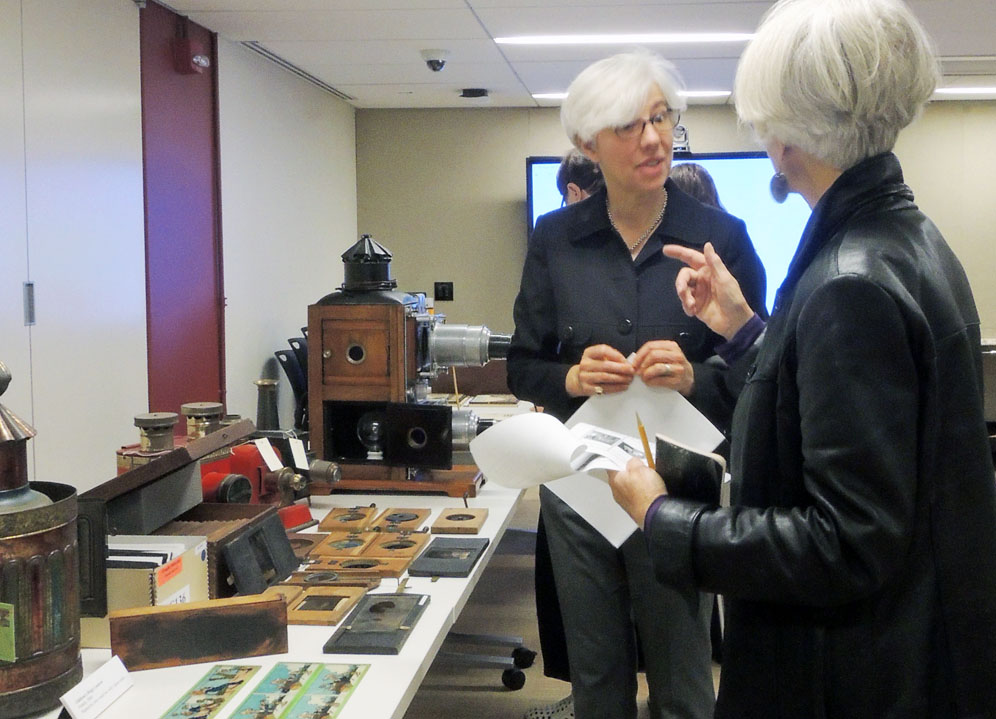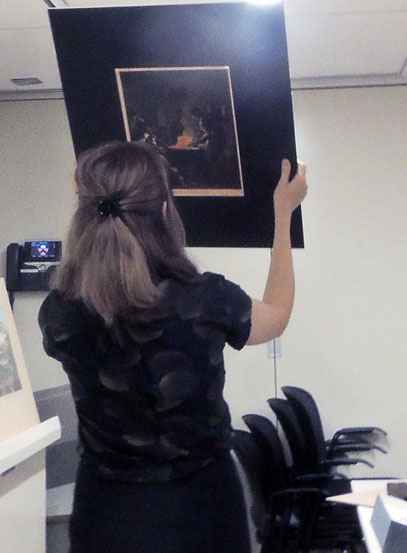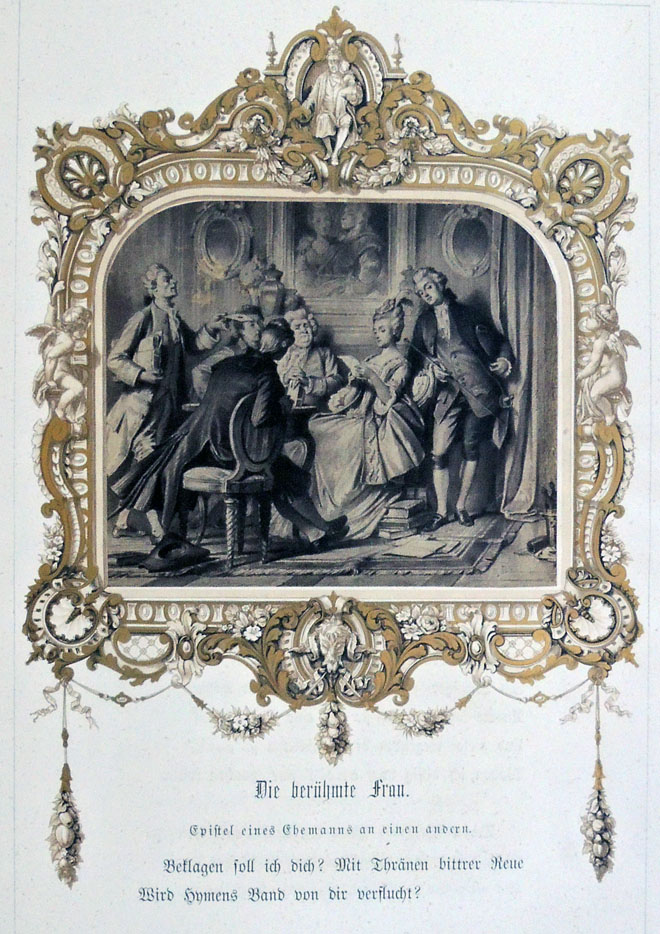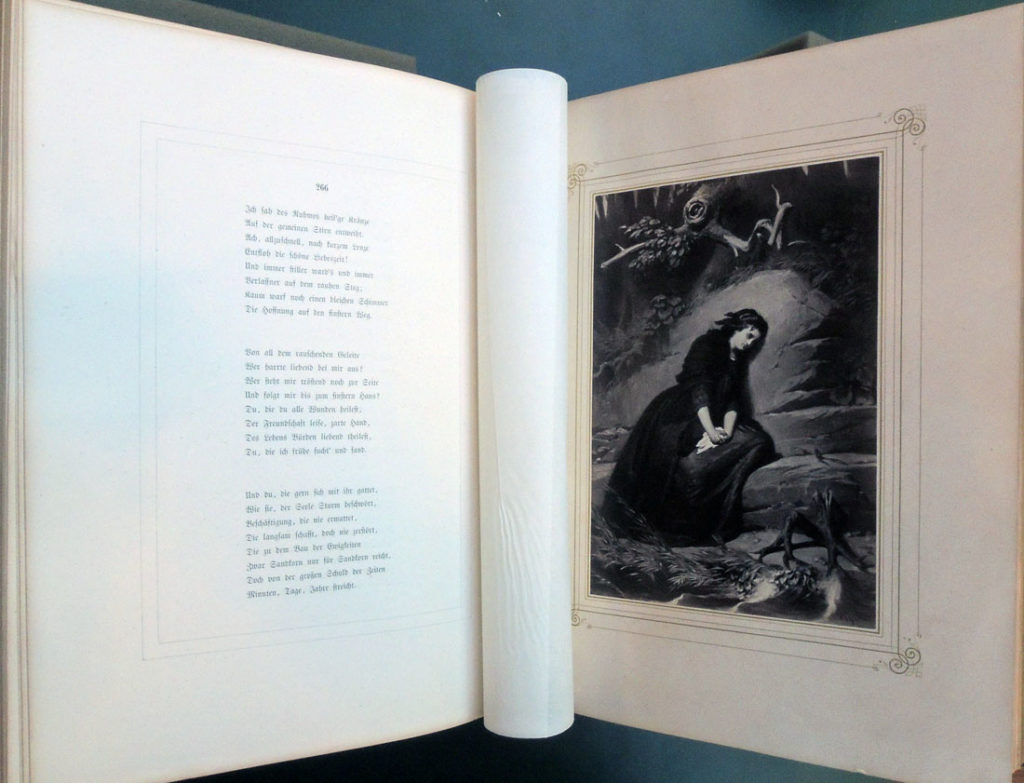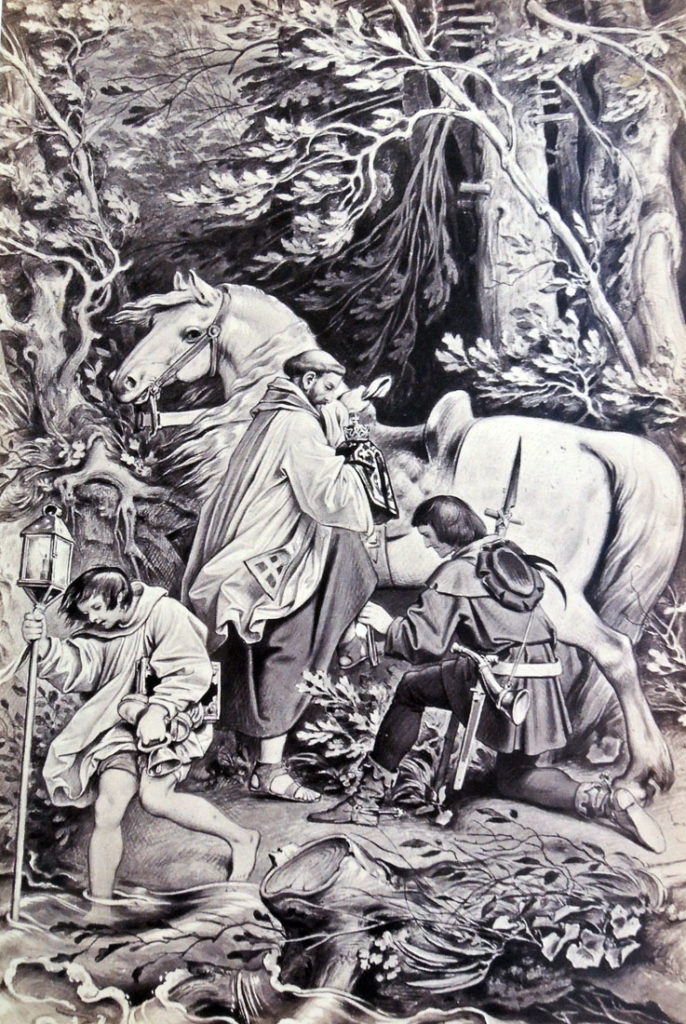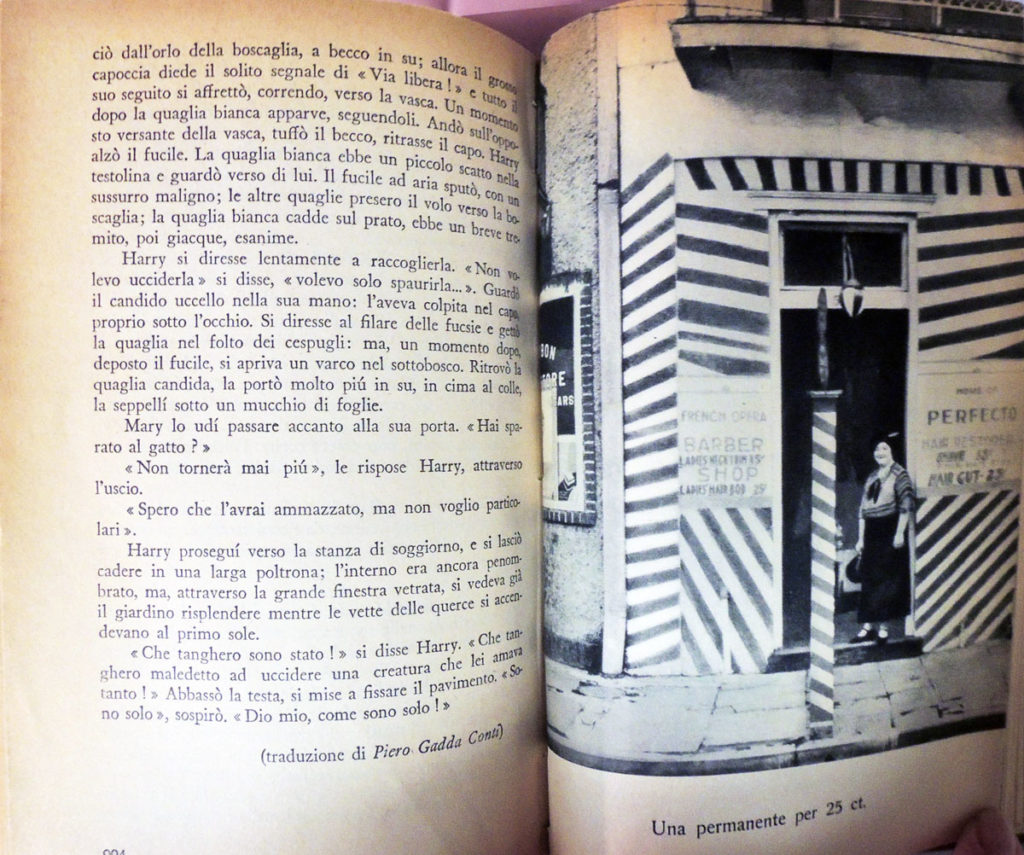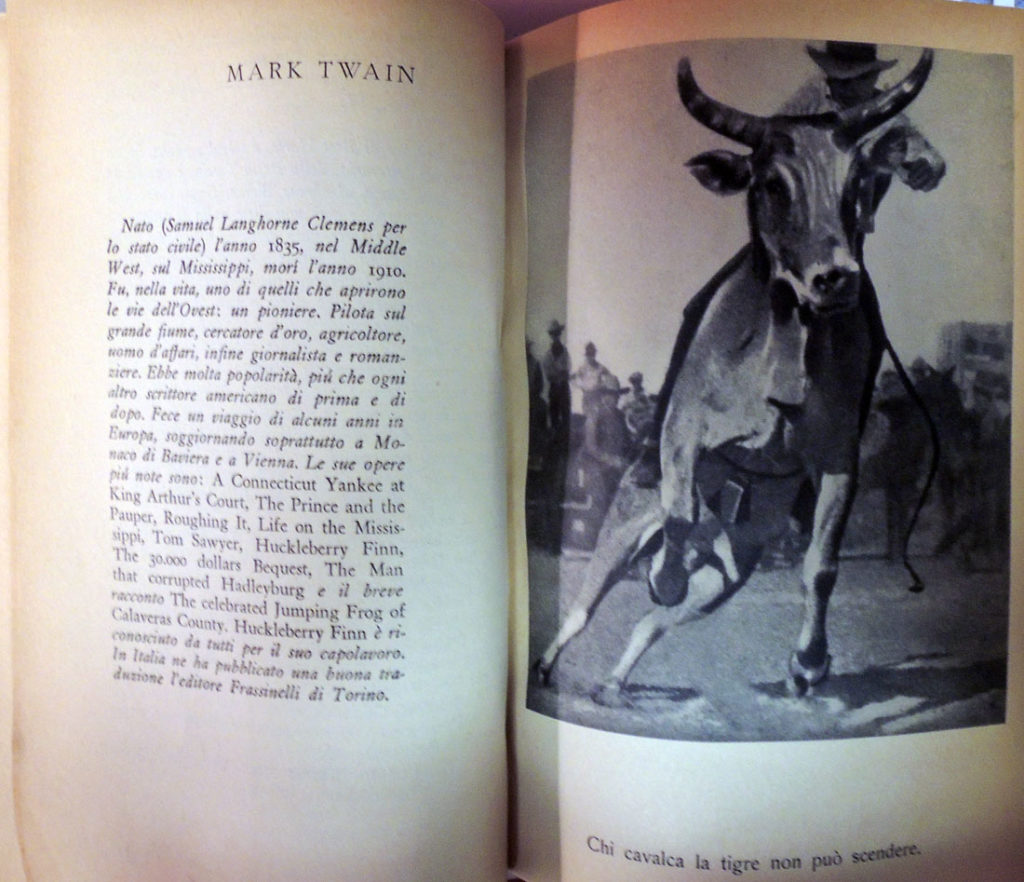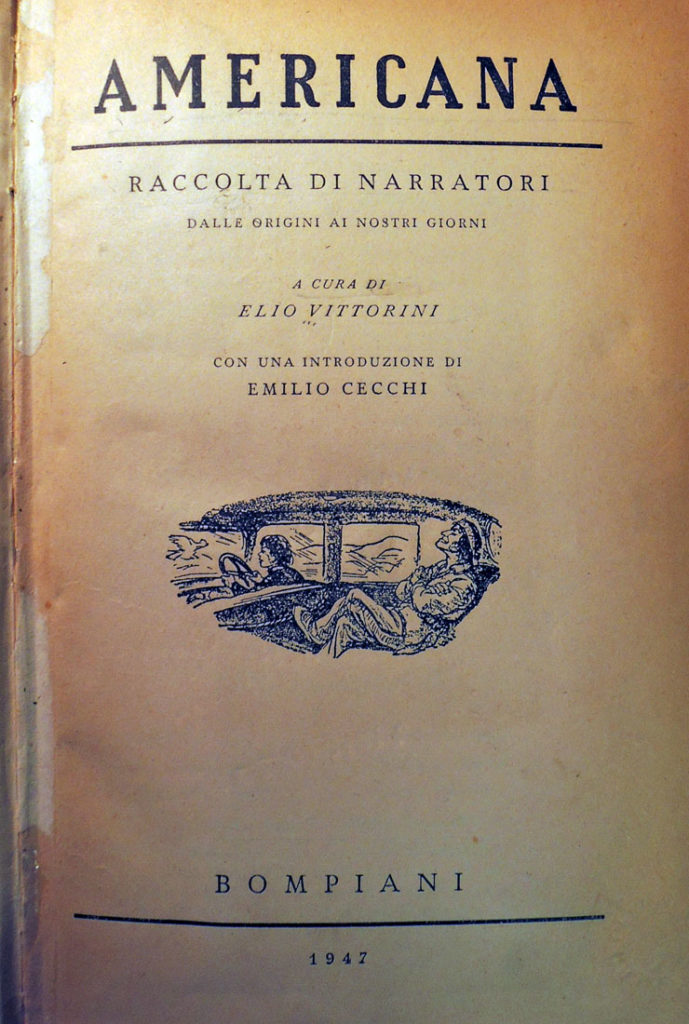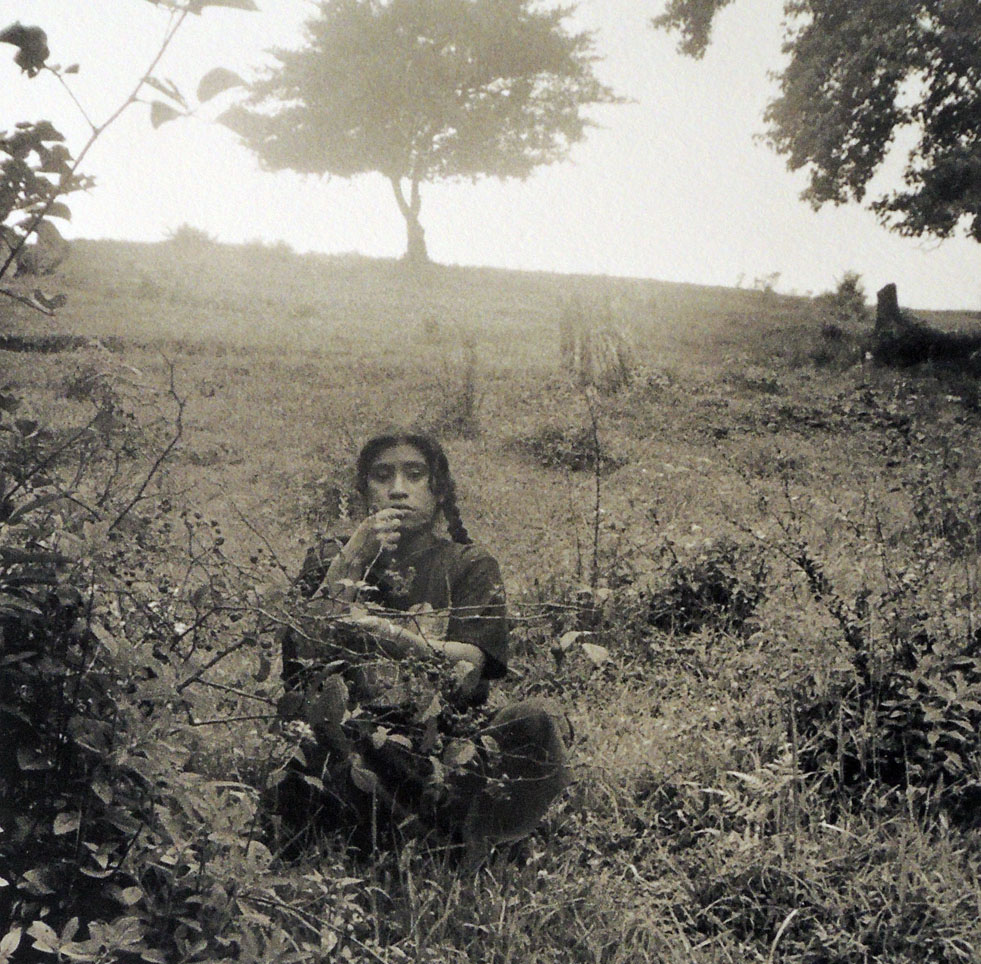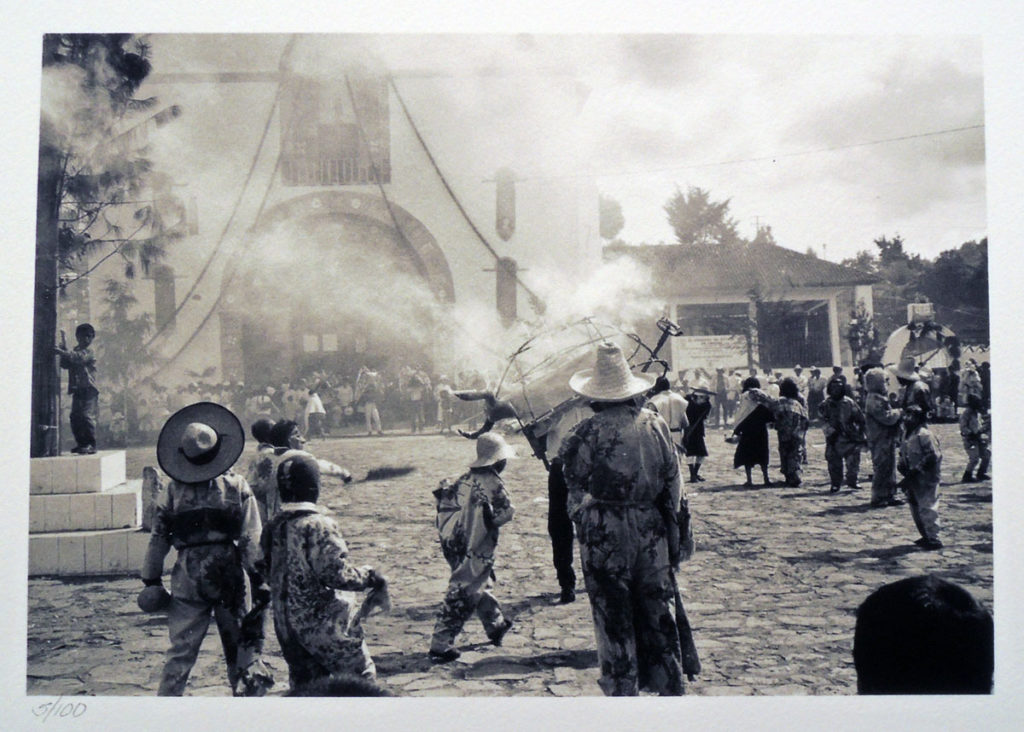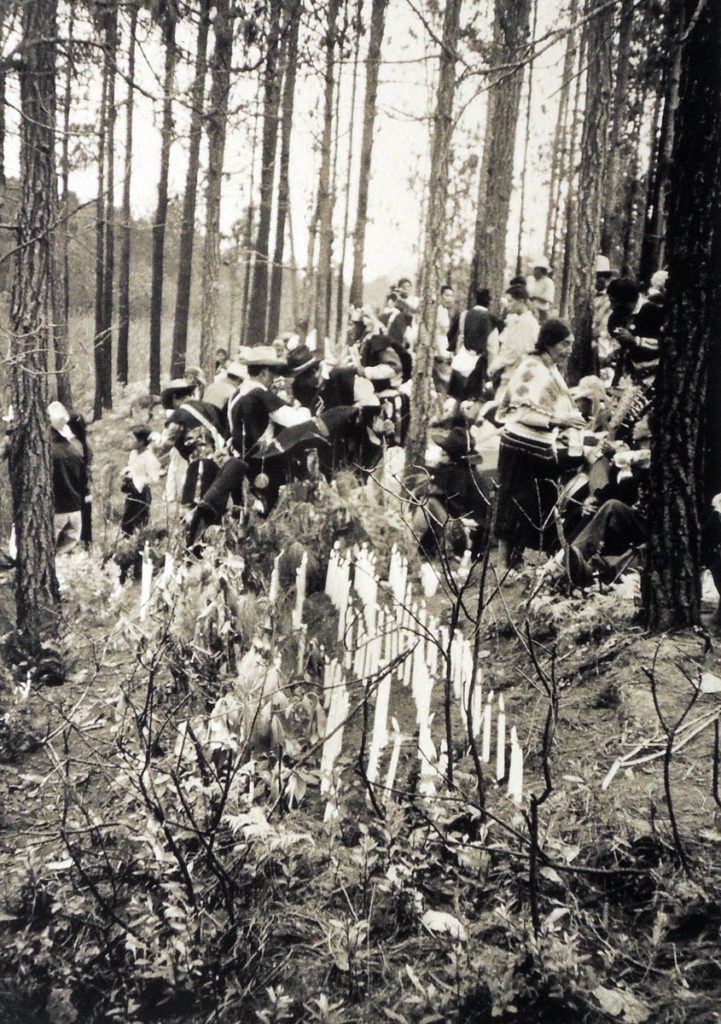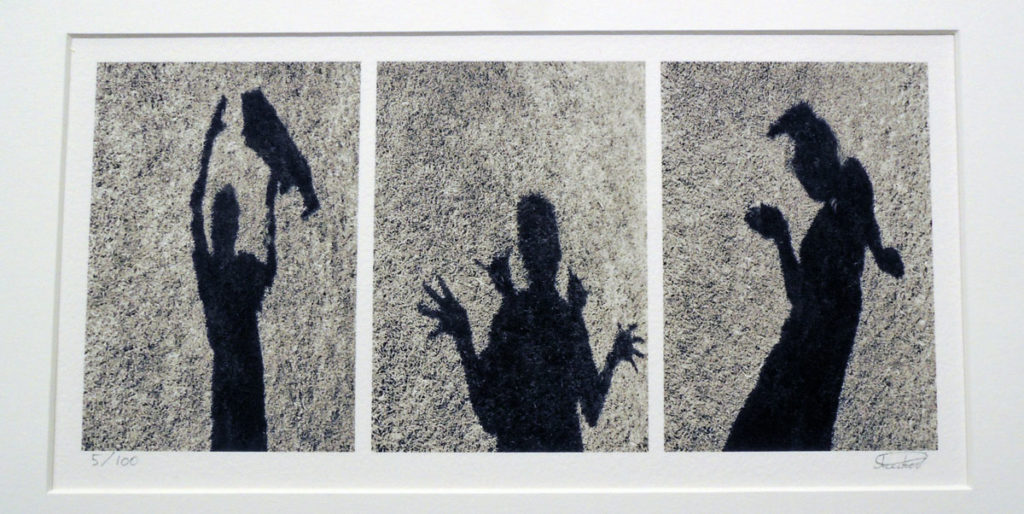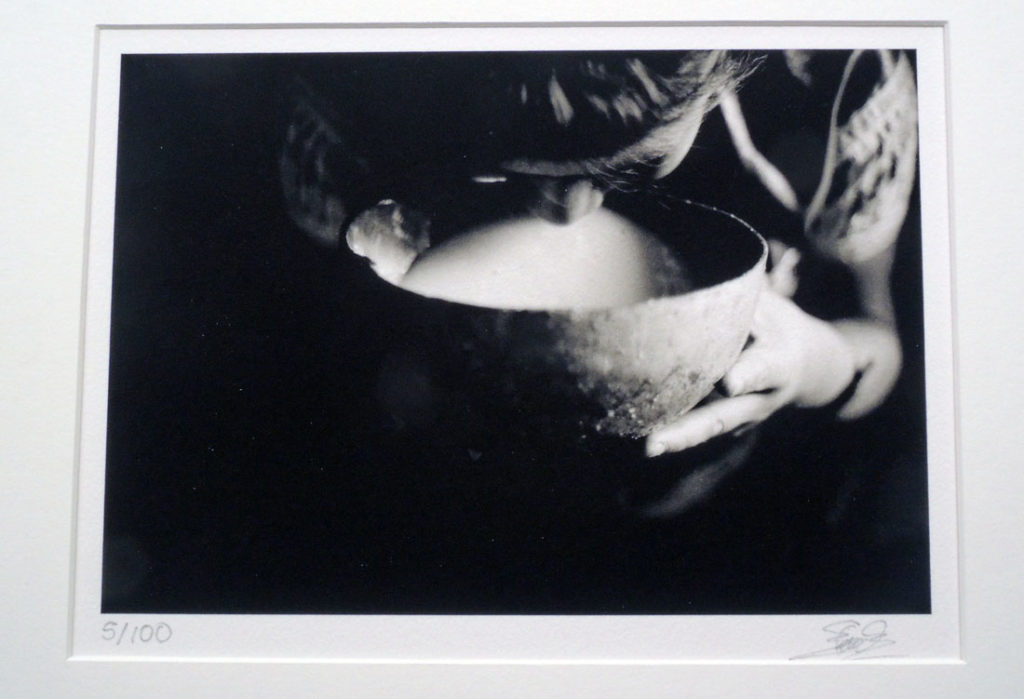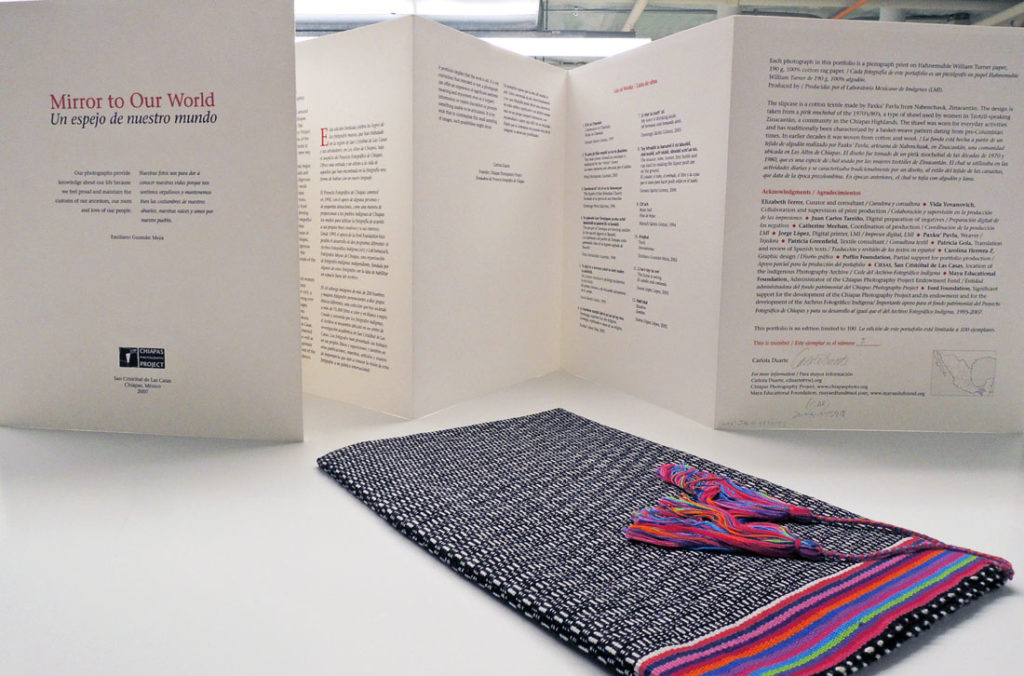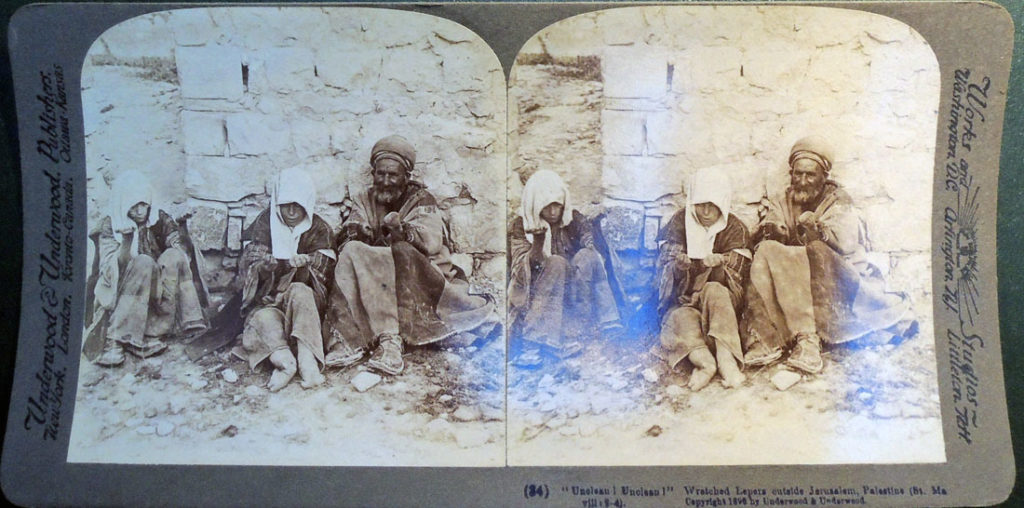 Wretched Lepers Outside of Jerusalem.
Wretched Lepers Outside of Jerusalem.

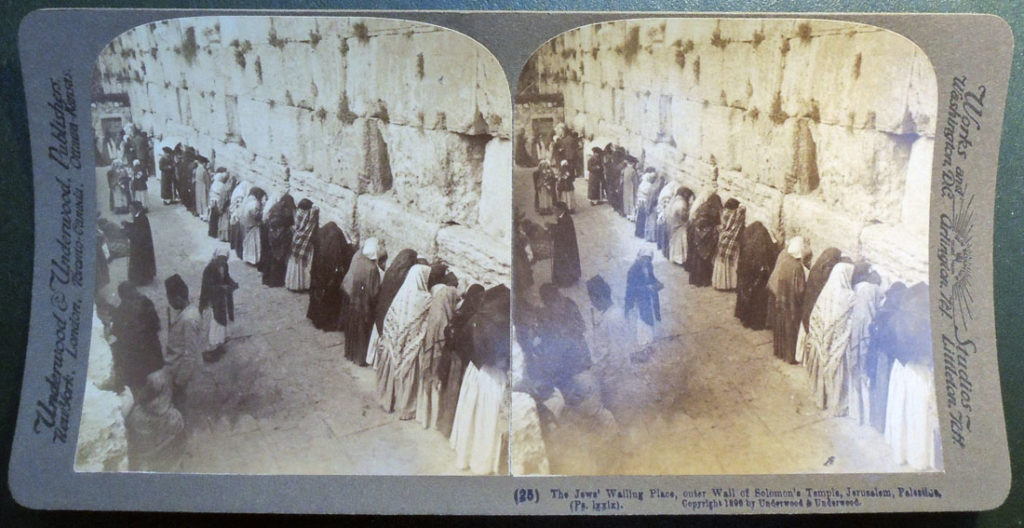 The Jews’ Wailing place, Wall of Solomon’s Temple, Jerusalem.
The Jews’ Wailing place, Wall of Solomon’s Temple, Jerusalem.

Jerusalem through the Stereoscope (New York: Underwood & Underwood, 1896-1908). 81 albumen silver prints with descriptions in six languages on the verso.
The Graphic Arts Collection has added this group of stereos to our already substantial stereo holdings. These photographs show locations in Jerusalem including the Jaffa Gate, the Valley of Kedron and village of Siloam, the pool of Siloam, the Tombs of the Prophets, the Garden of Gethsemane, the Church of the Holy Sepulchre, the Russian Church of the Magdalene, the Armenian Cathedral of St. James, the Garden Tomb (Golgatha), the interior of the Dome of the Rock, and the minbar in the Al-Aqsa Mosque (Masjid al-Aqṣá), among others.
A Greek Priest Blessing the Village Children in Ramah, Palestine [below]
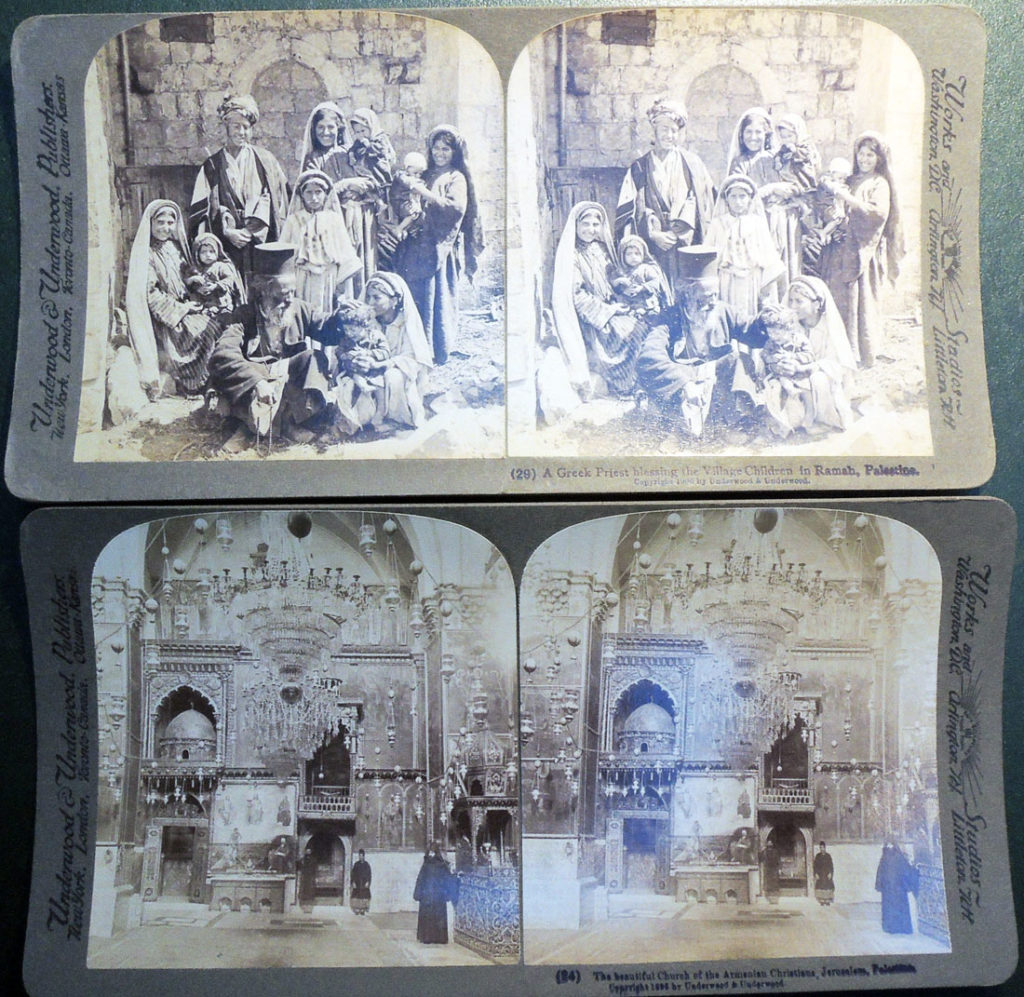 The Beautiful Church of the Armenian Christians, Jerusalem [above]
The Beautiful Church of the Armenian Christians, Jerusalem [above]
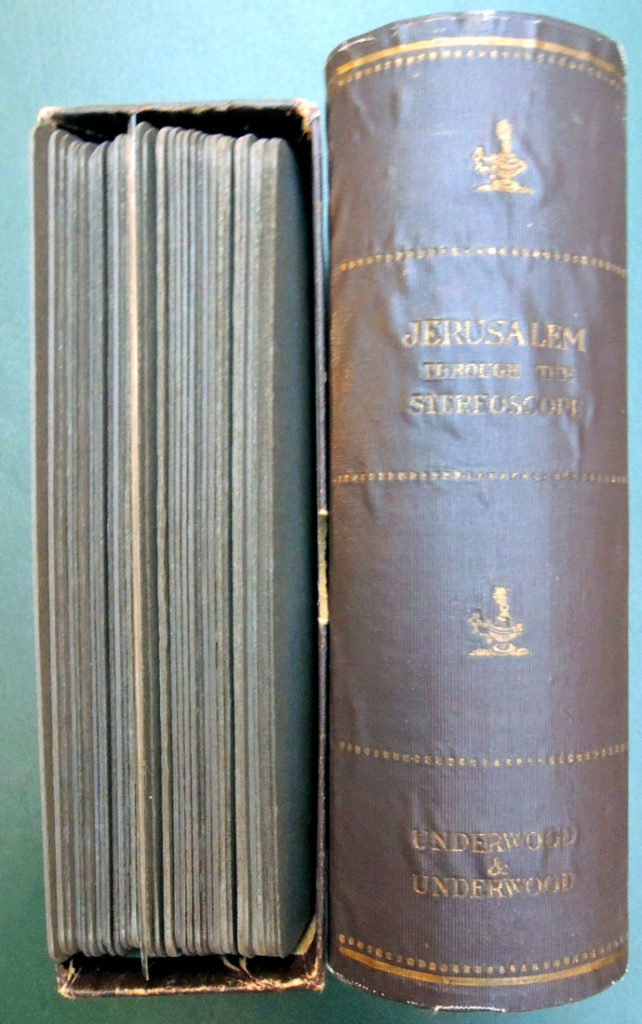 Jerusalem Through the Stereoscope is one part of the series Traveling in the Holy Land sold by Underwood and Underwood. Instructions to canvassers selling the sets insist that workers read the book by Dr. Hurlbut that accompanied the series:
Jerusalem Through the Stereoscope is one part of the series Traveling in the Holy Land sold by Underwood and Underwood. Instructions to canvassers selling the sets insist that workers read the book by Dr. Hurlbut that accompanied the series:
“And this year every agent should possess and study carefully our new book, Traveling in the Holy Land, Through the Stereoscope, by Jesse L. Hurlbut, D.D., which accompanies our new tour of 100 stereographs of Palestine. The attitude which Dr. Hurlbut takes to stereoscopic photographs in this book is of great importance to the work of education in general, and especially of immediate importance to ail our men in their work.
In a word, Dr. Hurlbut holds that the representations of places and objects furnished in the stereoscope are not only life-size–as large as the places or objects would appear on the spot–but that these representations serve, when used aright, as the very places and objects themselves, in their power to teach and affect us. In this book, therefore, Dr. Hurlbut treats the stereographs as actual places.
This is the attitude which every agent should come to have toward stereoscopic photographs, not an attitude assumed just for the purpose of selling more, but an attitude conscientiously arrived at after seeing good reasons for it. Dr. Hurlbut gives some of the reasons for his position in the Introduction to his book. This Introduction should be carried by every agent, read and pondered over a great deal. Its conclusions apply to our stereographs of all countries, not Palestine alone.
. . . Let us consider some of the mistakes men are liable to make: Stereoscopic photographs are especially striking and attractive at the first glance, and can be, to a degree, quickly and easily appreciated by any one. Consequently, agents have found that, because of these qualities alone, stereoscopic views can be sold more easily and extensively than any other article. Therefore, many agents have never found it necessary to make any effort to see whether there are higher considerations which can be made use of in selling stereoscopic views. This has been a great mistake.
These men have depended upon the weaker, less important considerations. the striking, amusing, entertaining qualities, etc., to lead people to buy. The most important considerations have in general, not been made use of. The result is that, although the sales have been enormous, still the possibilities of the sale of stereoscopic views have never yet begun to be realized. This must continue to be the case while most agents and people do not appreciate their higher value, nor even know how to use them to get the most from them.”

